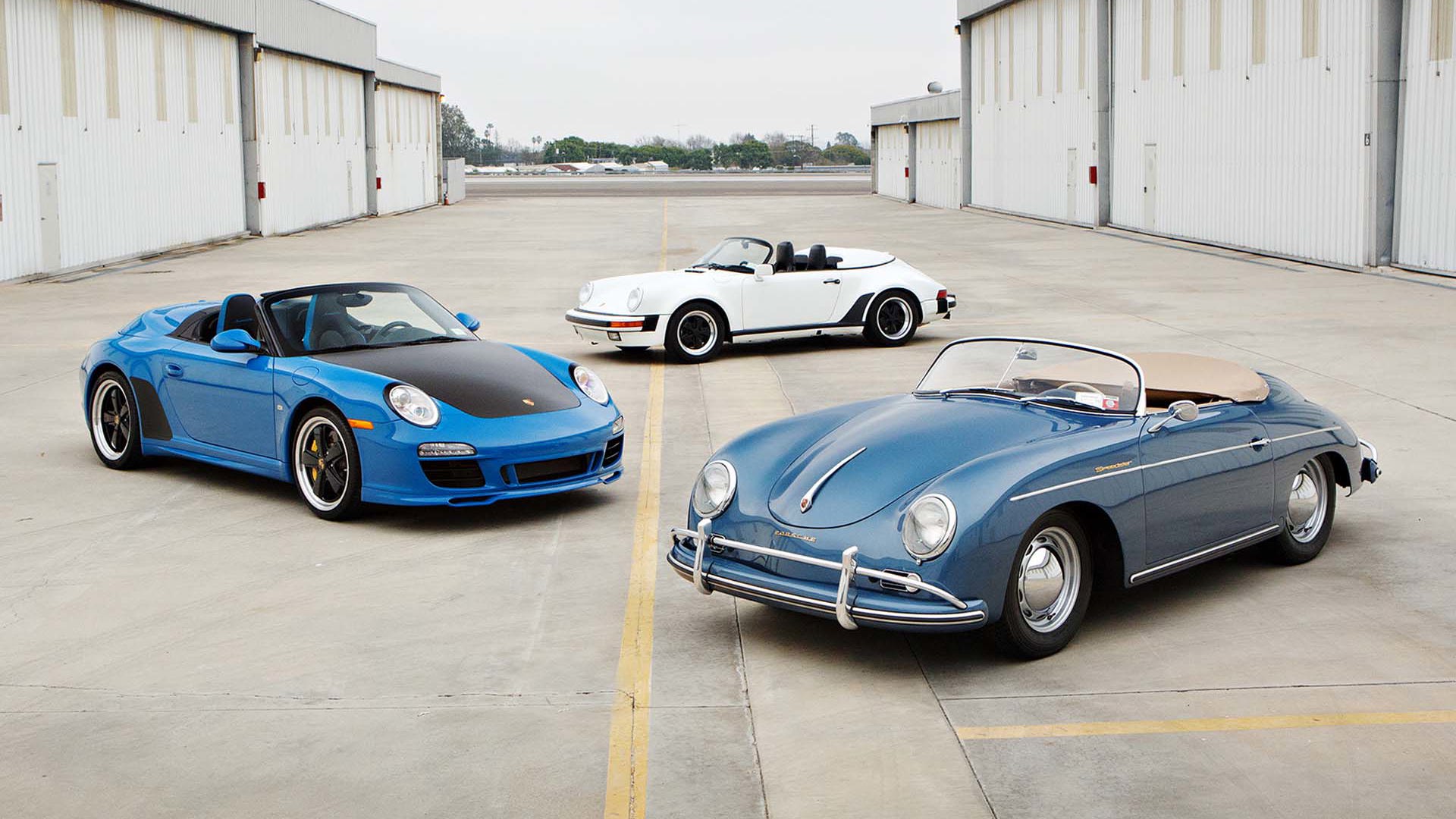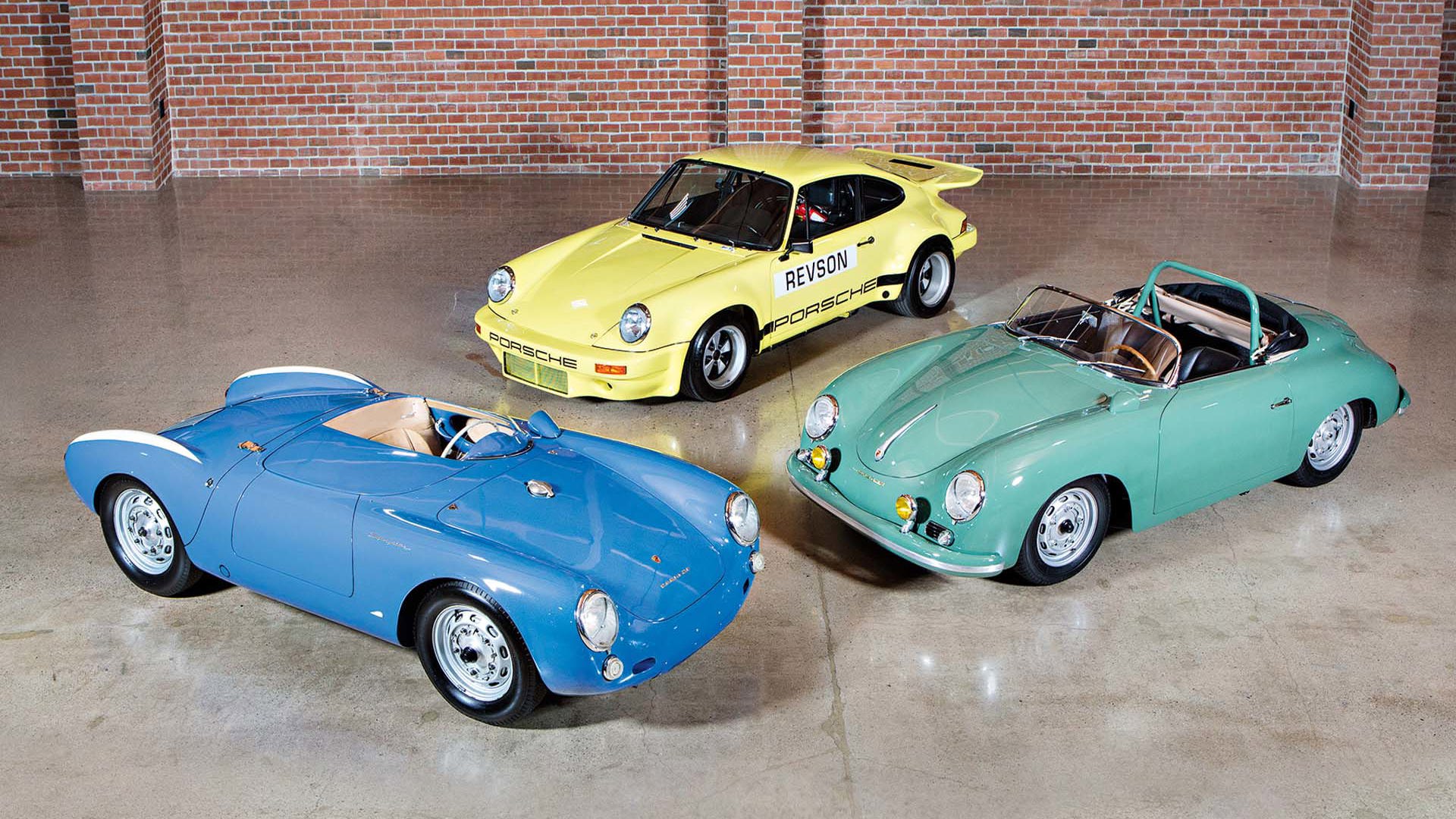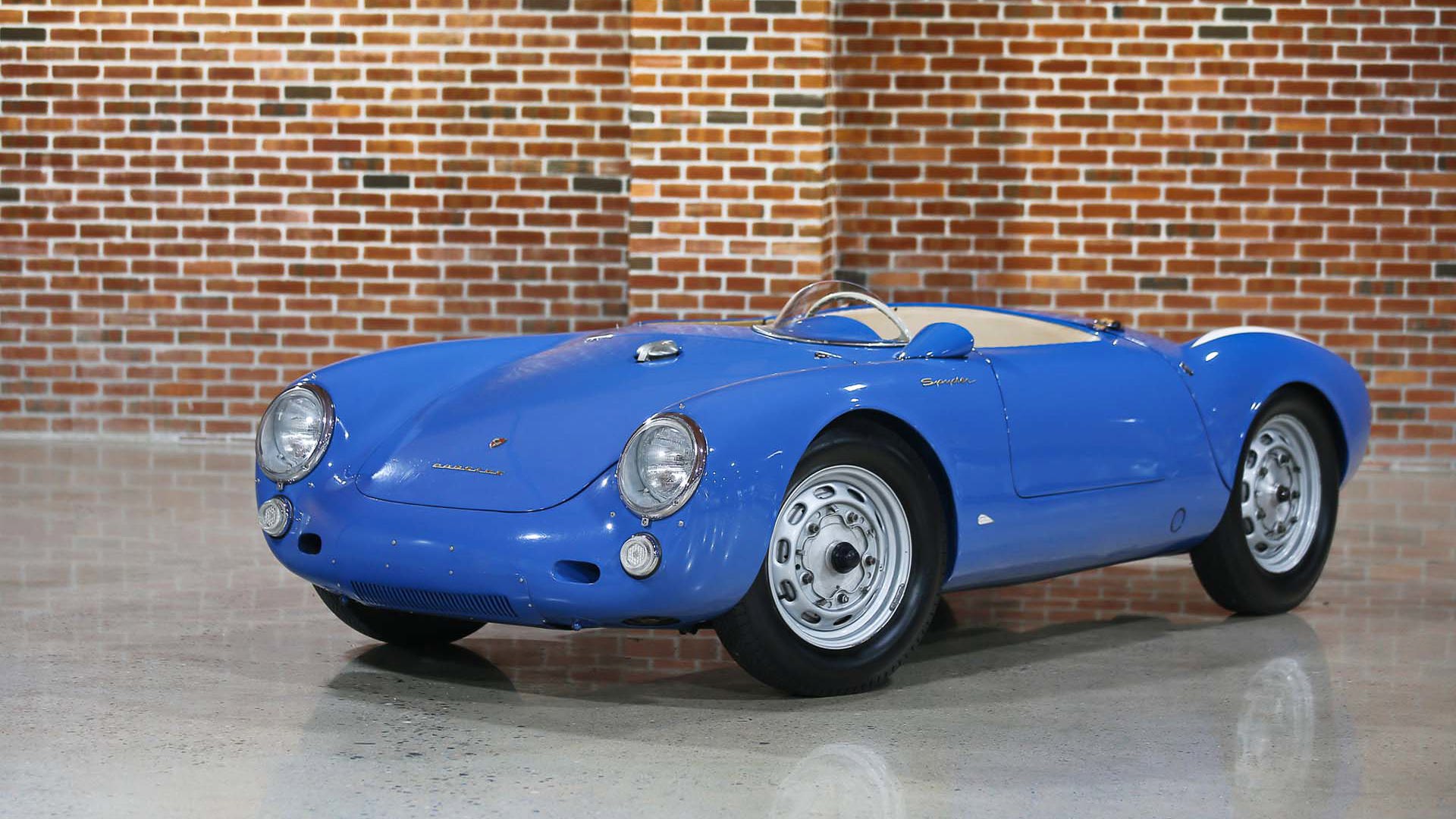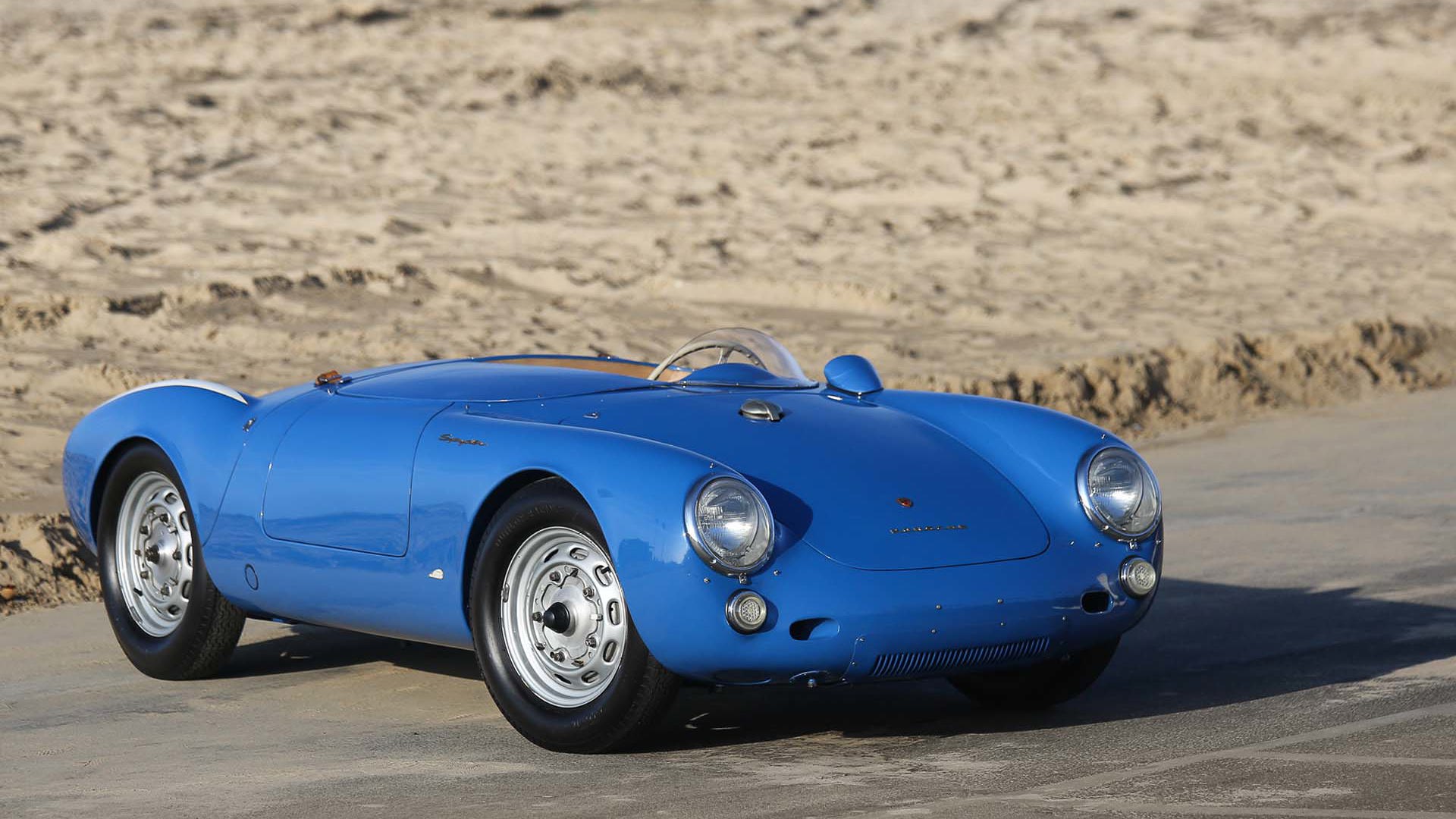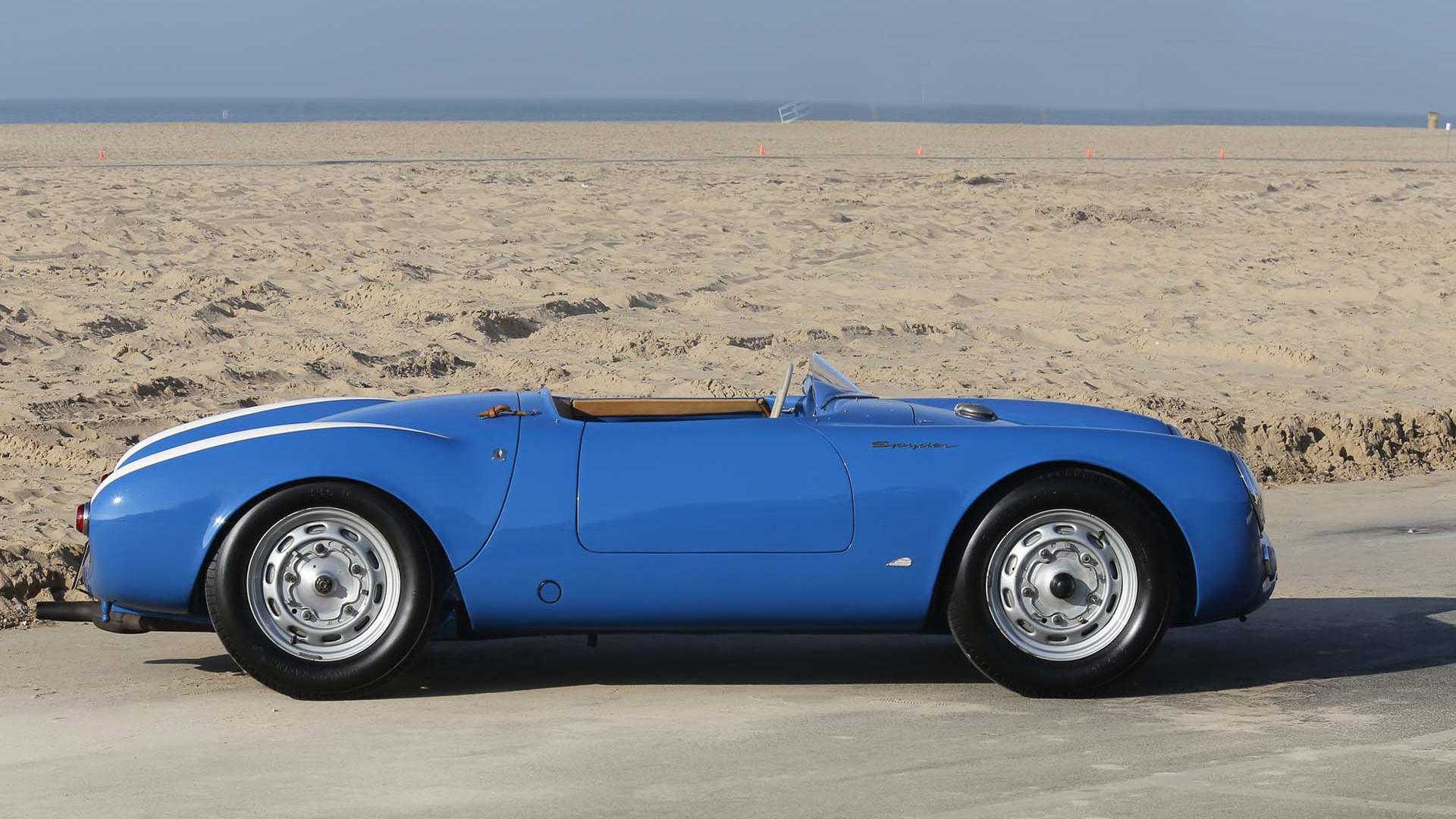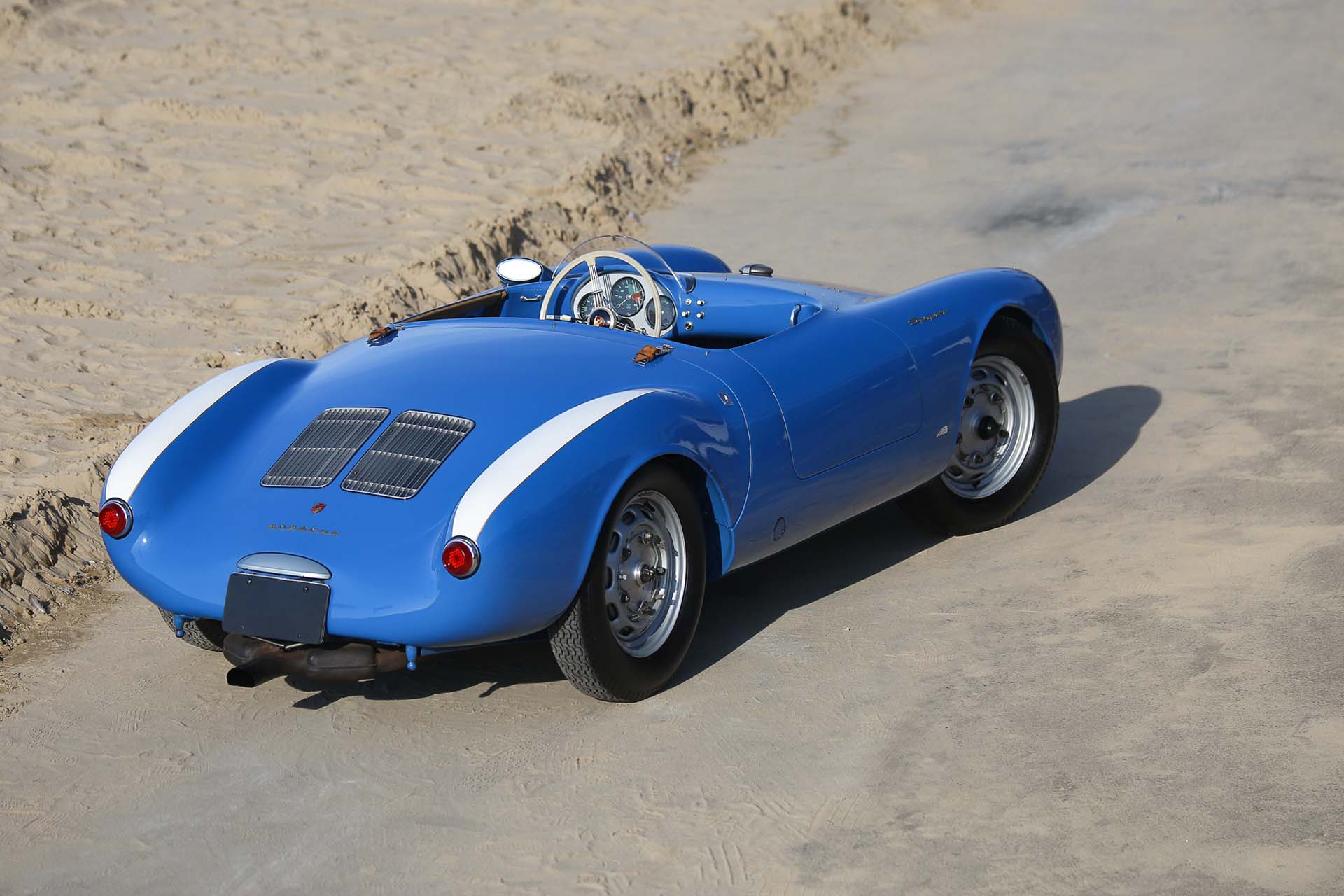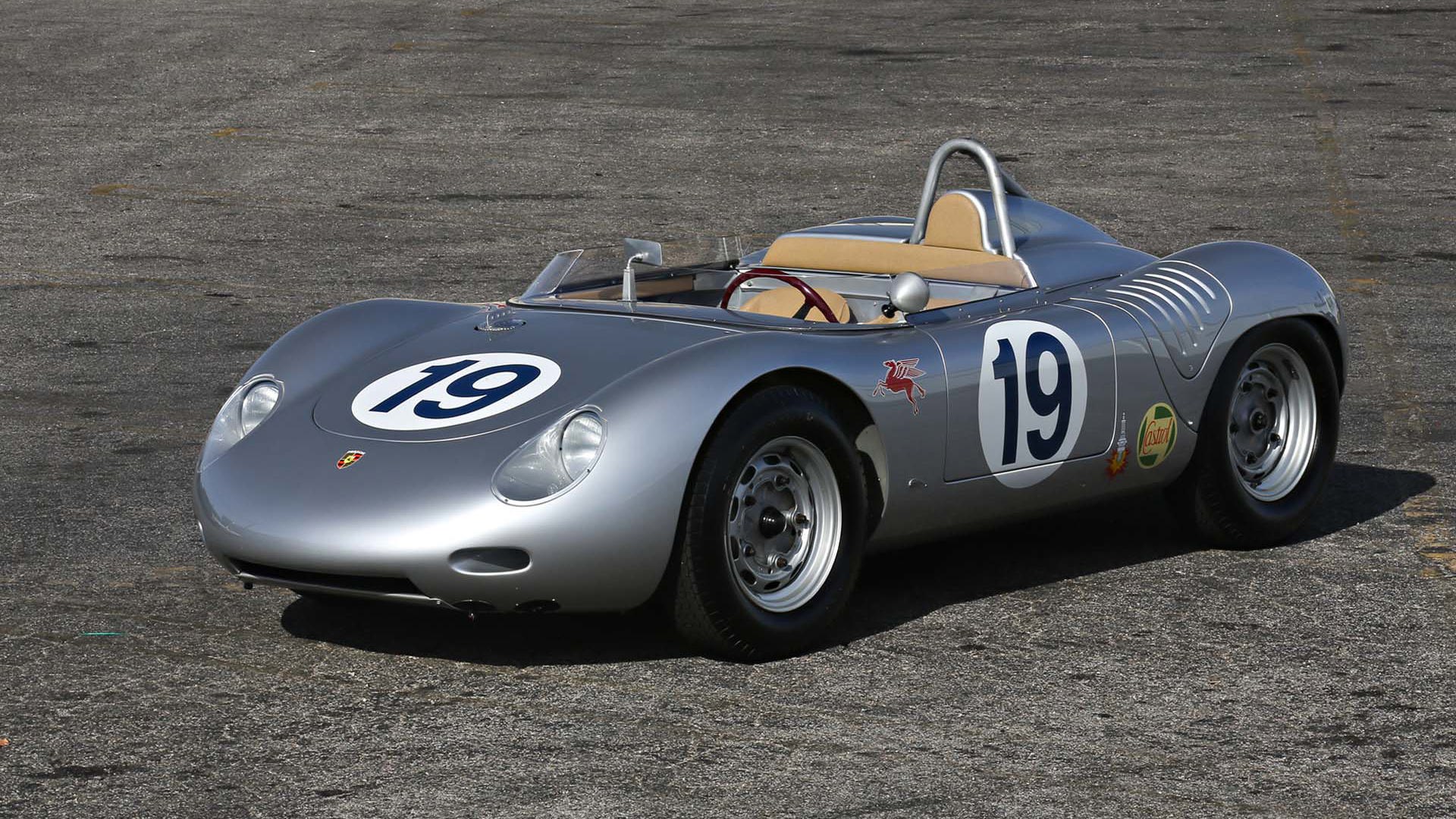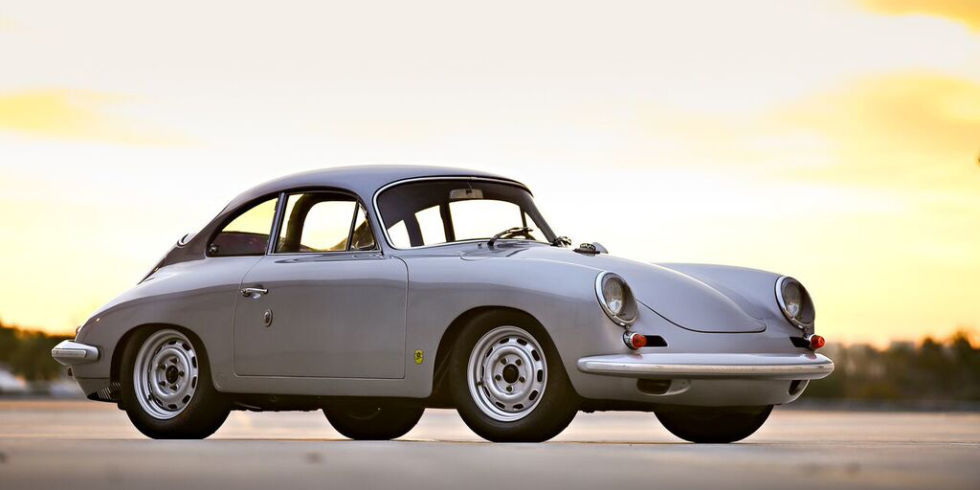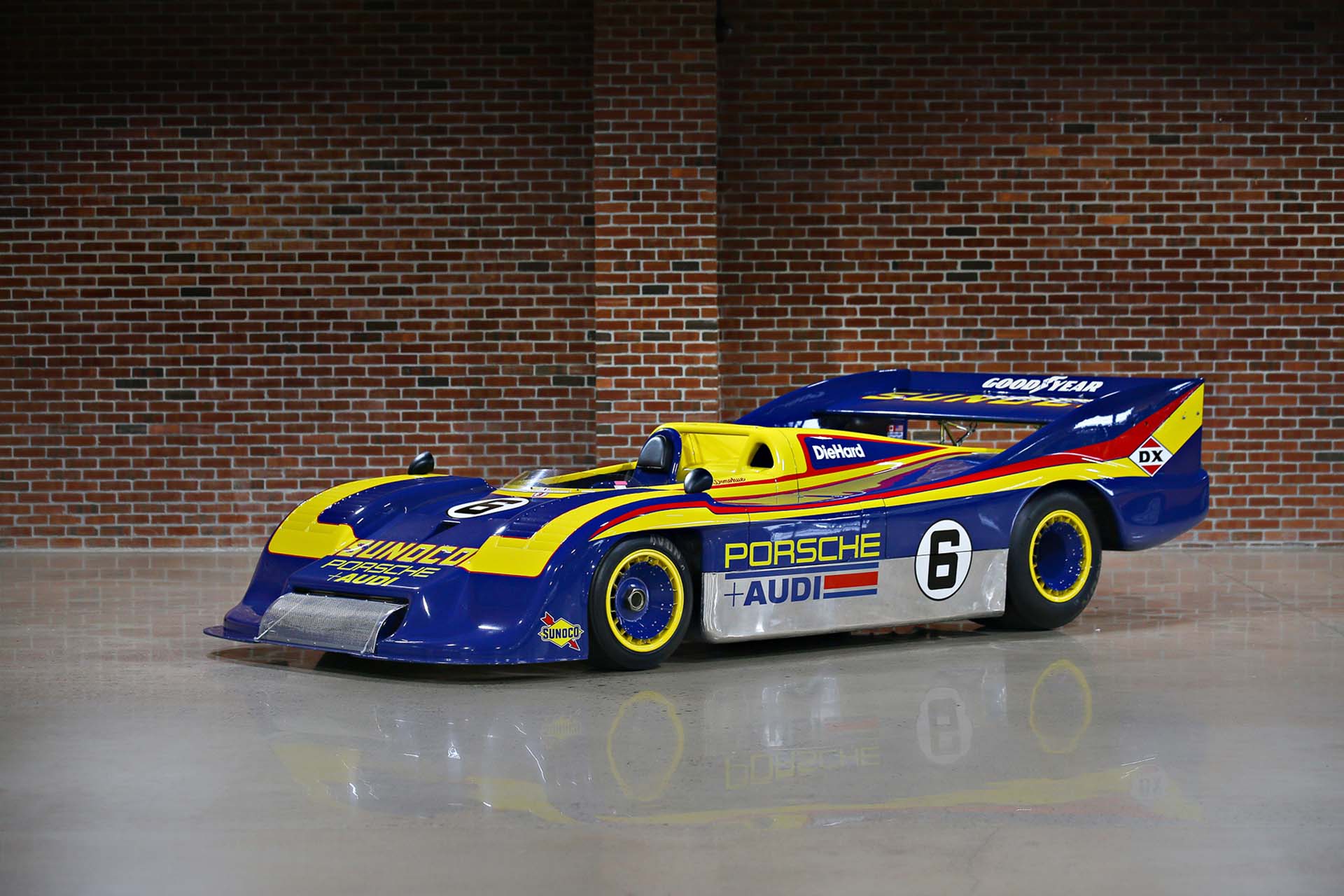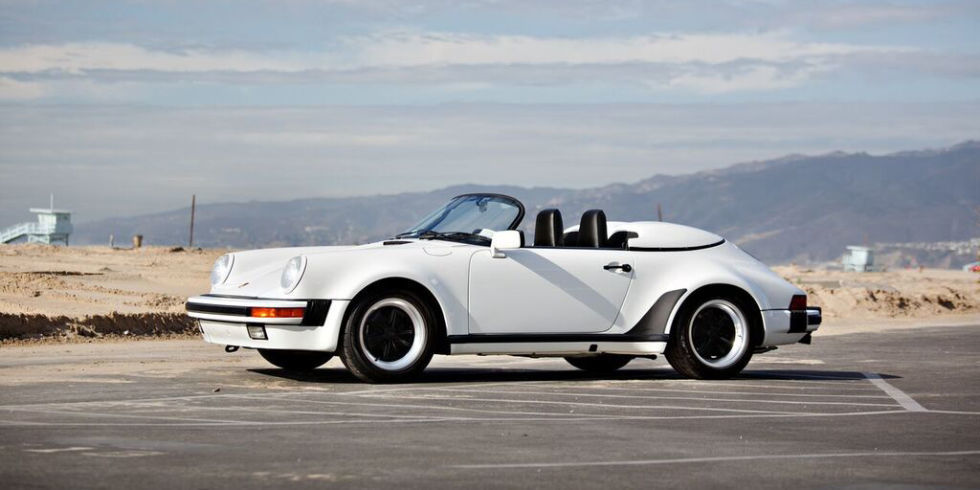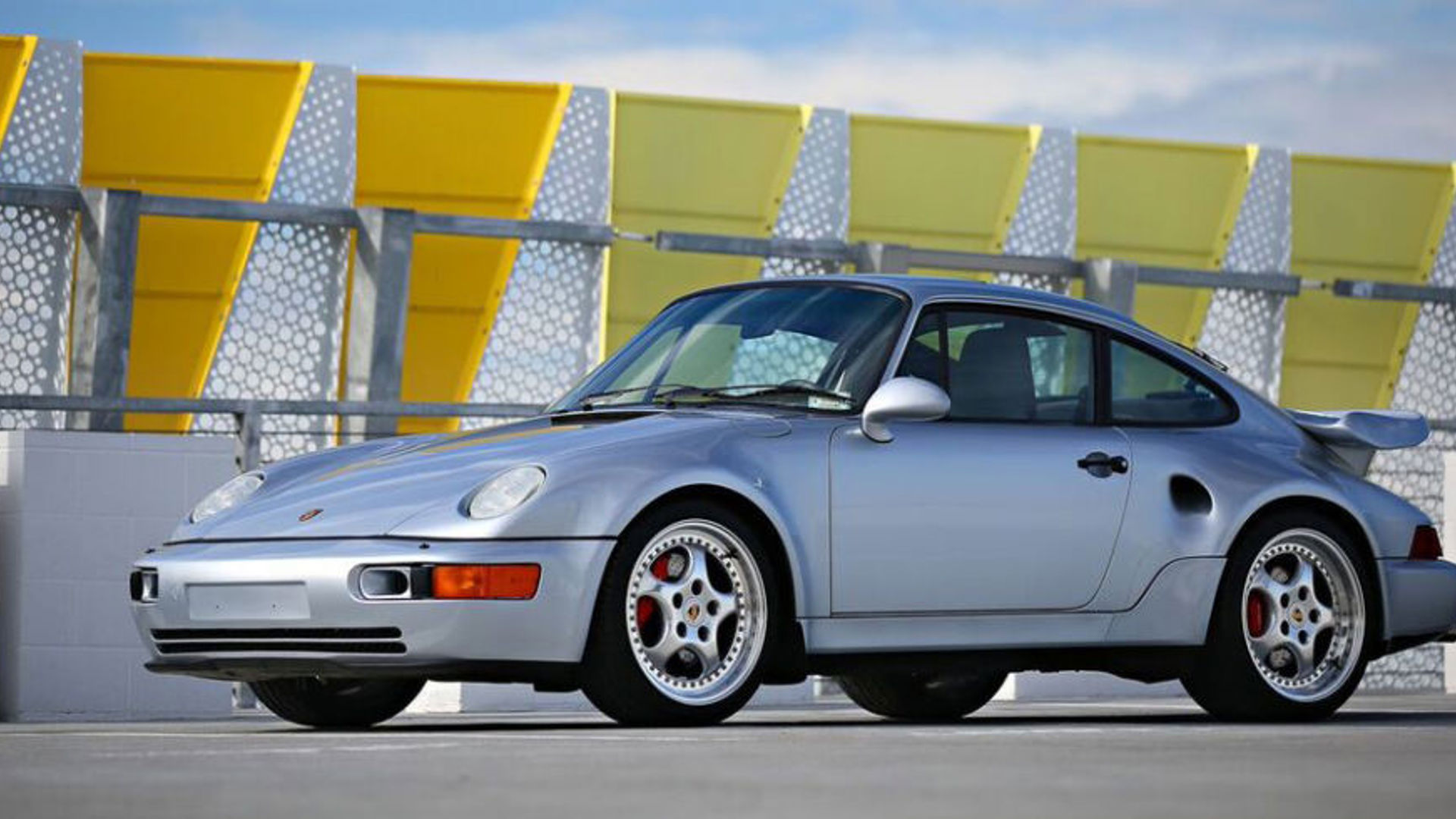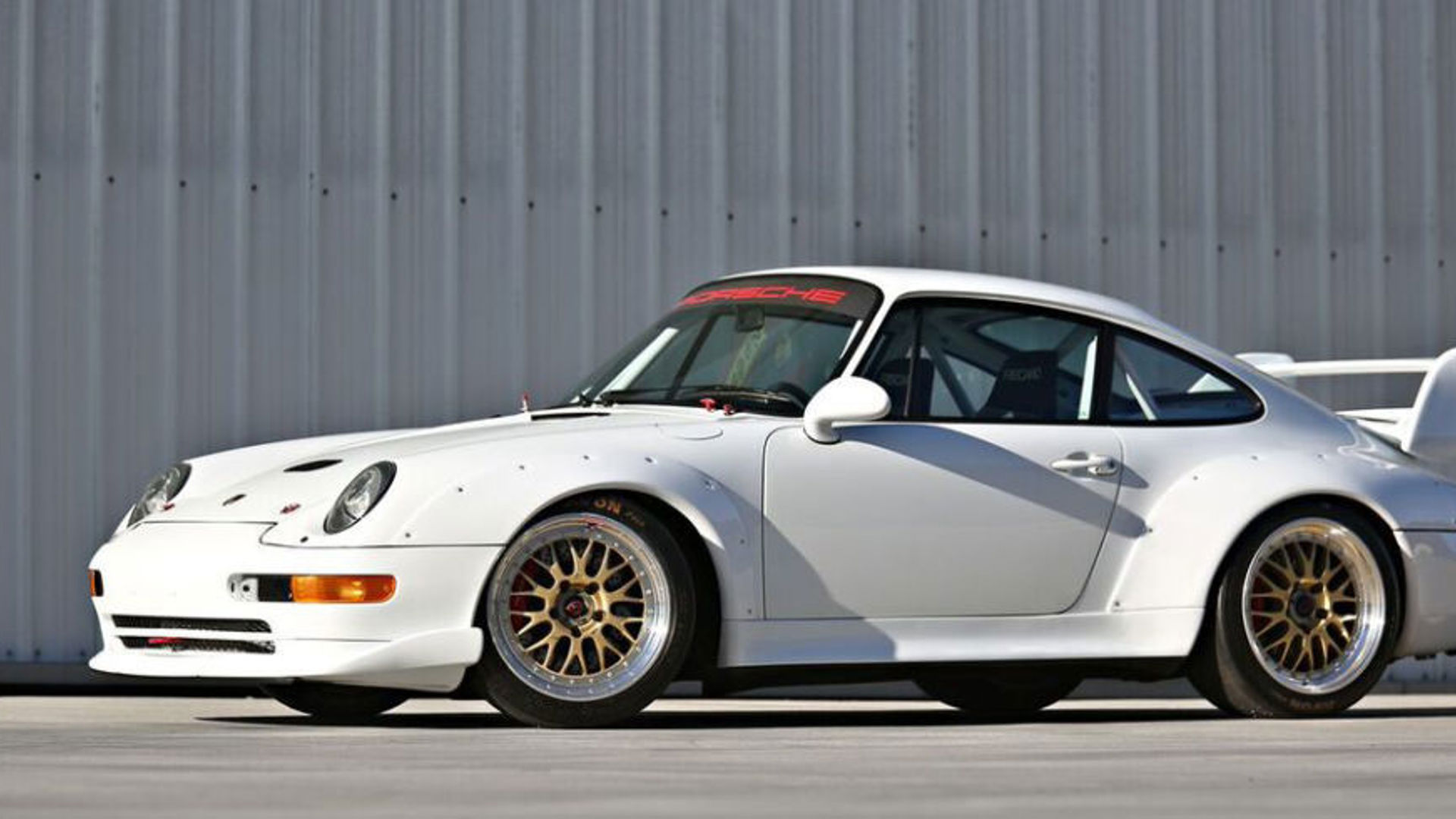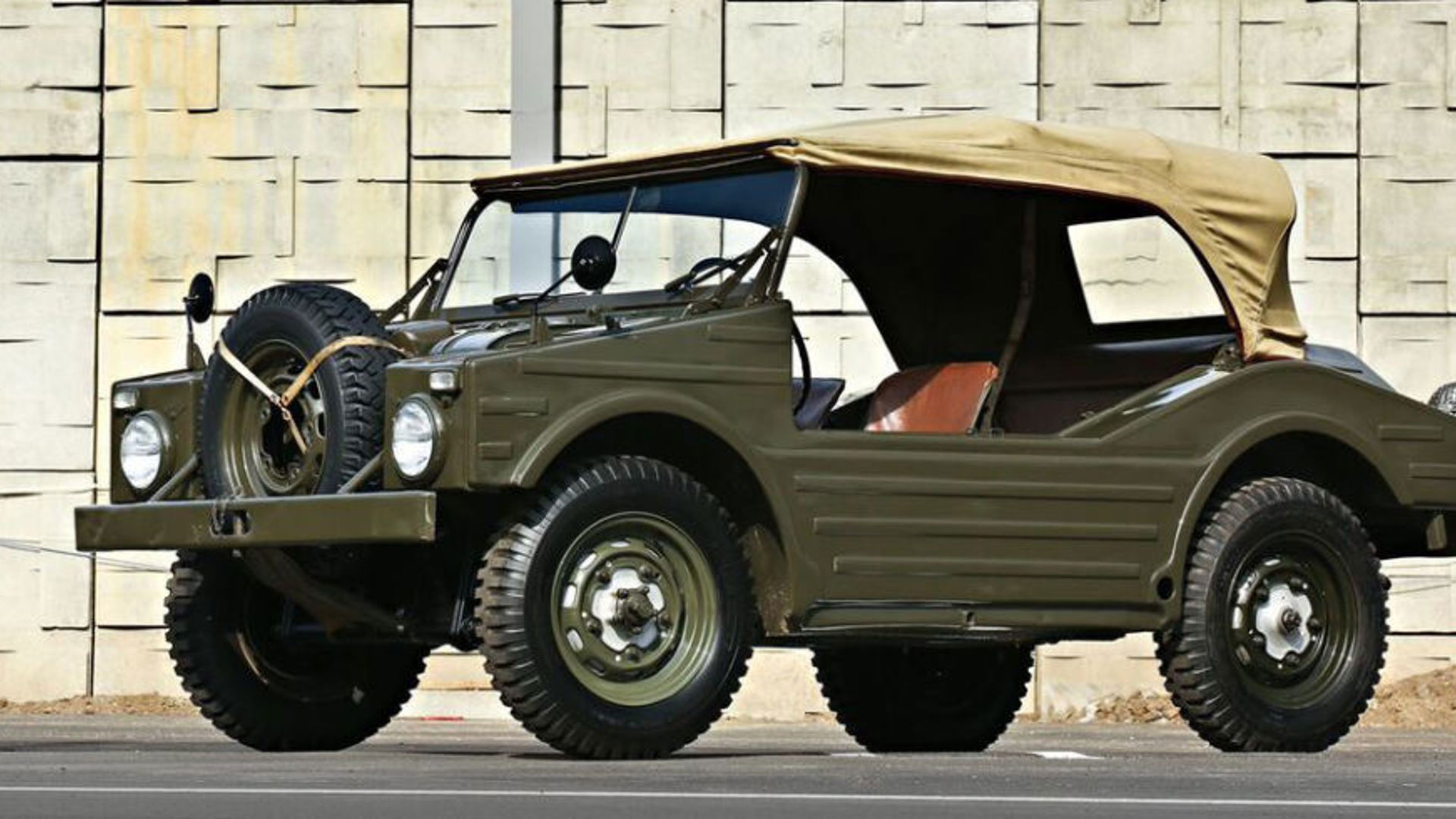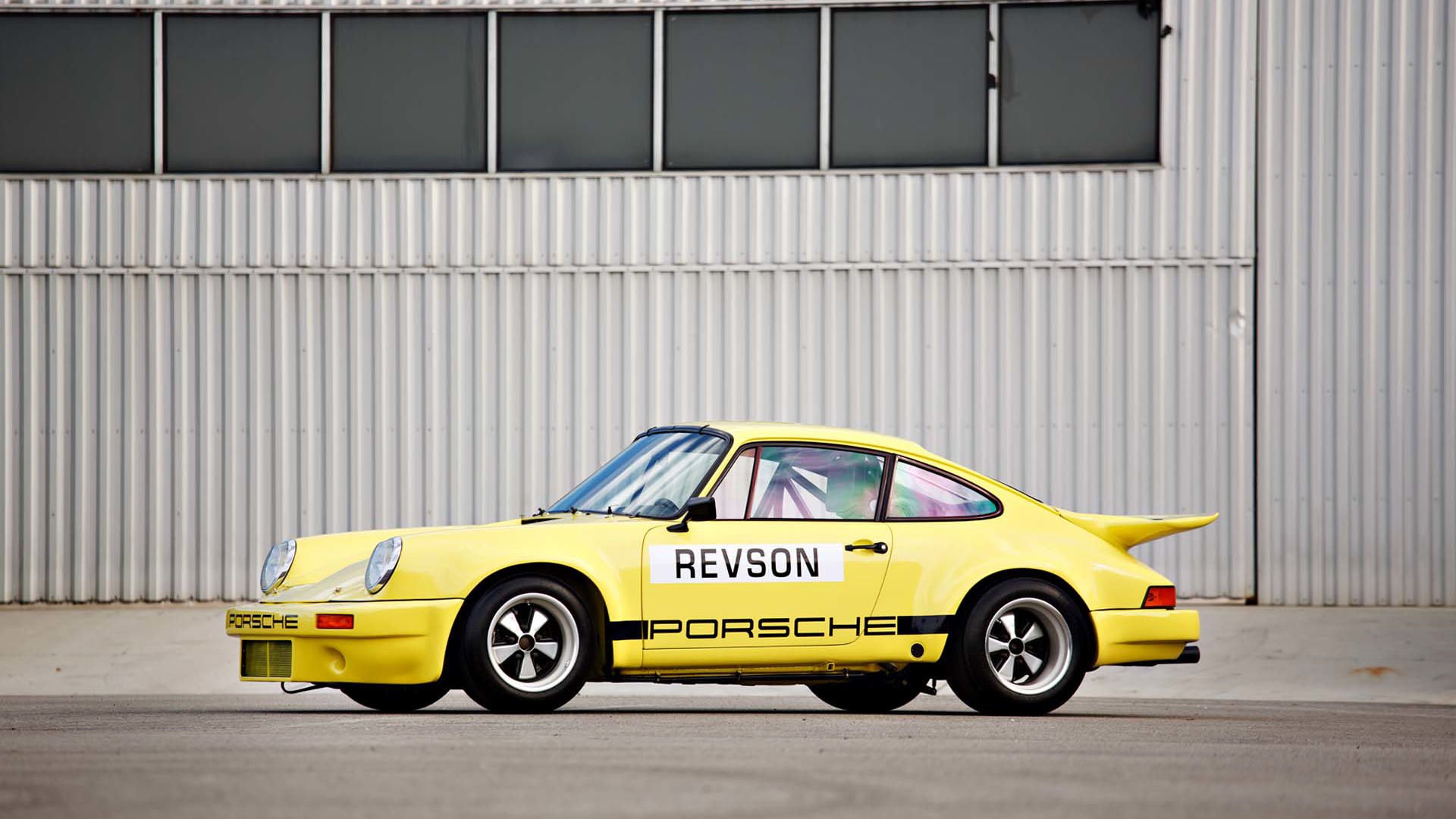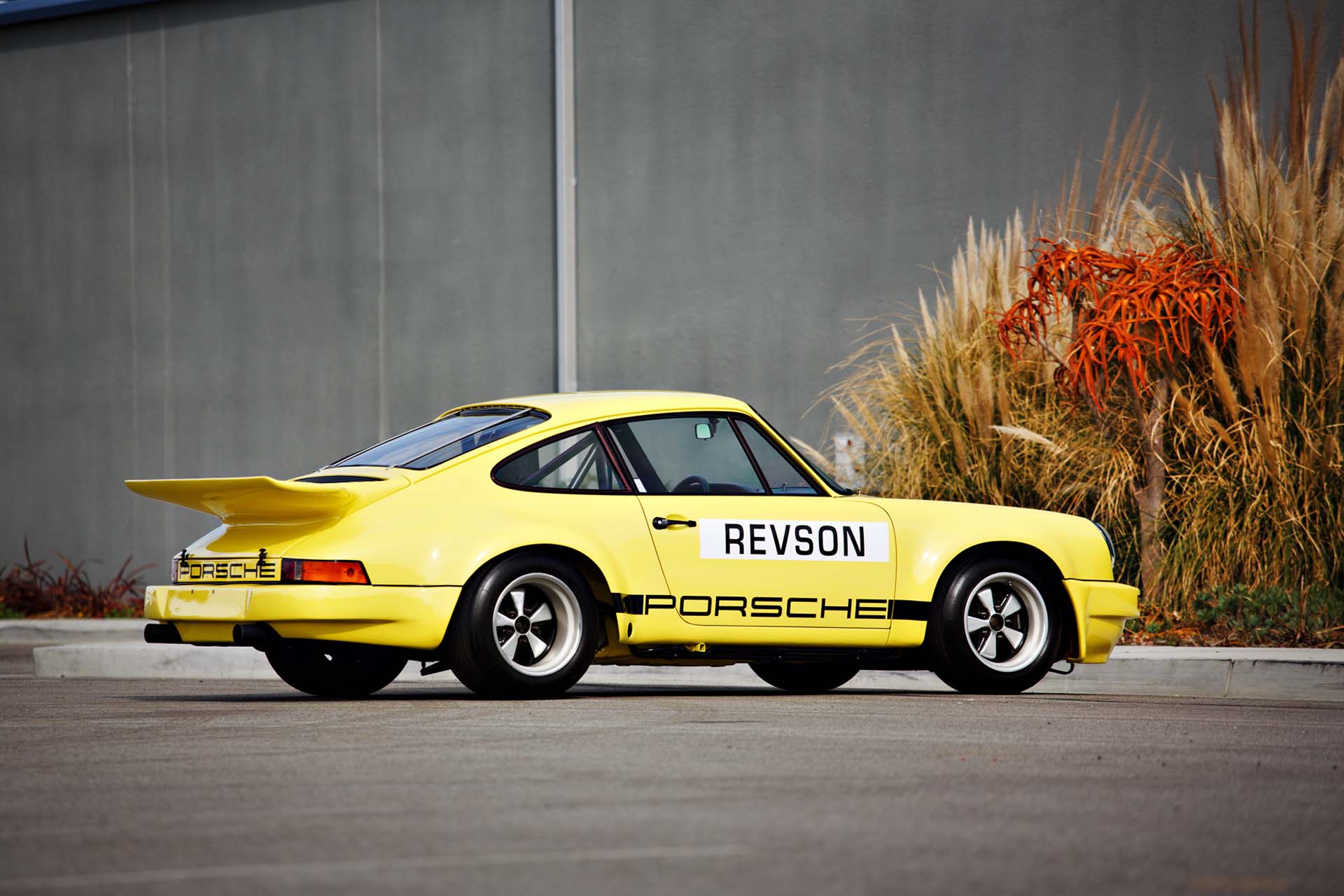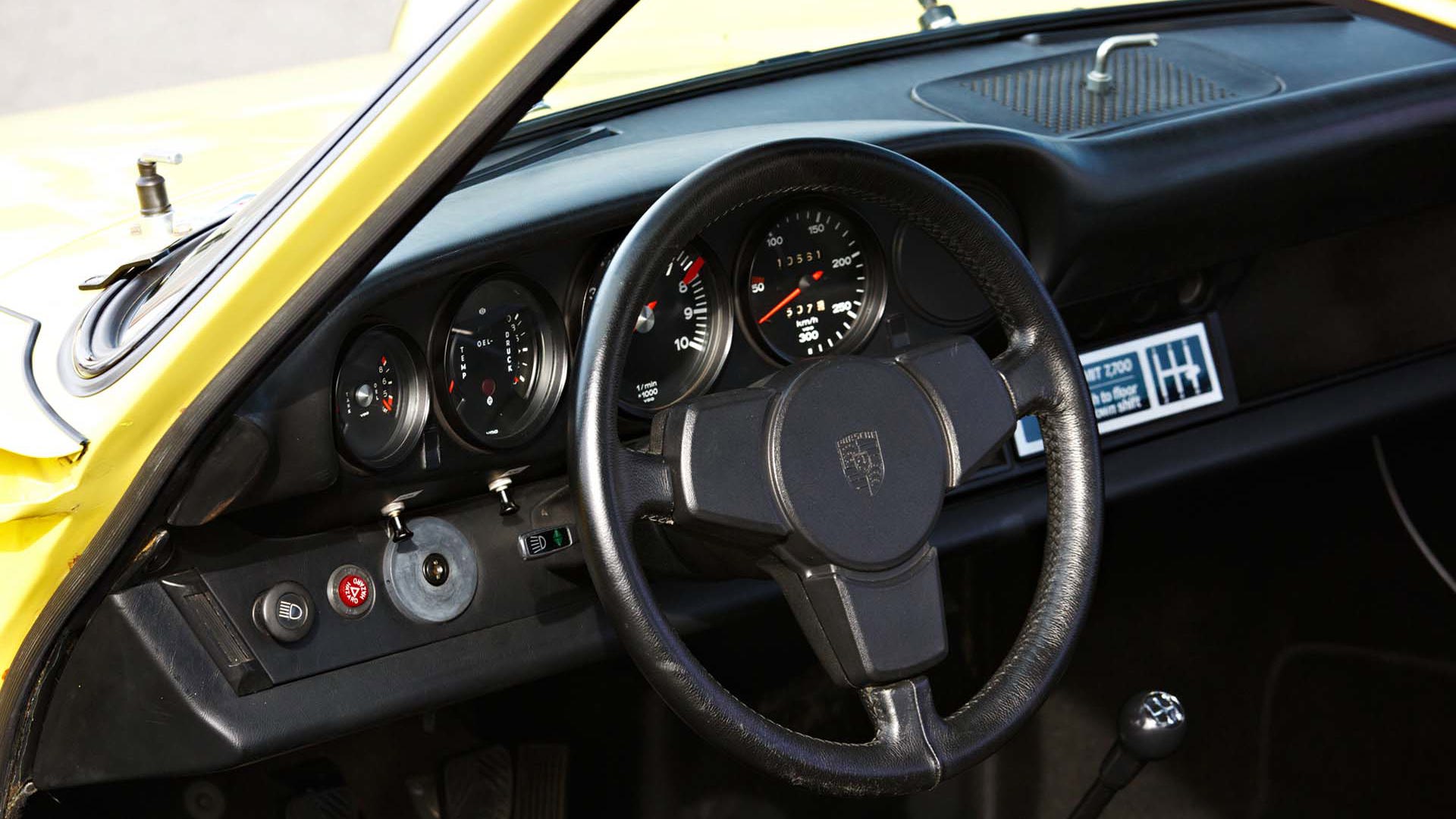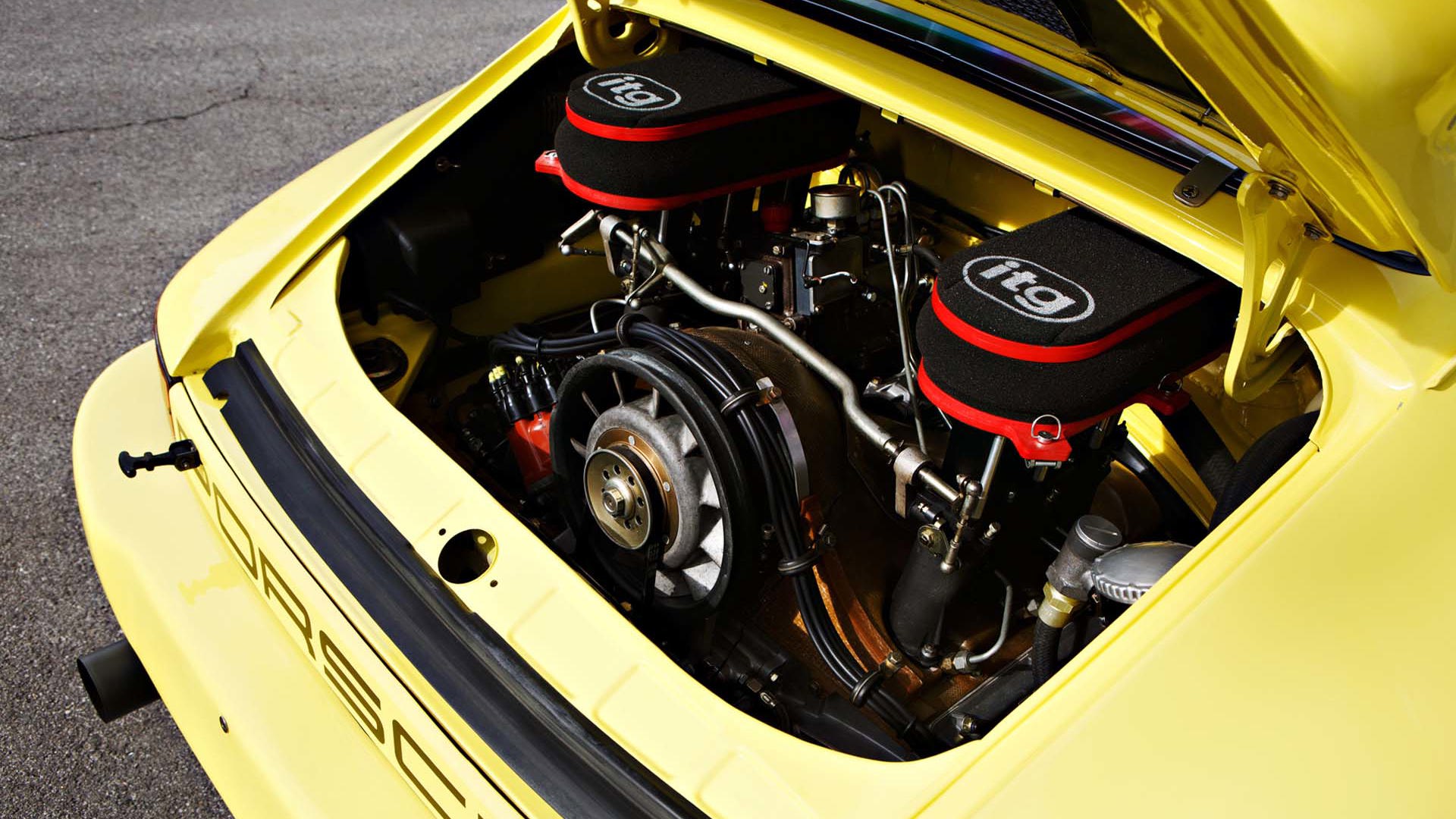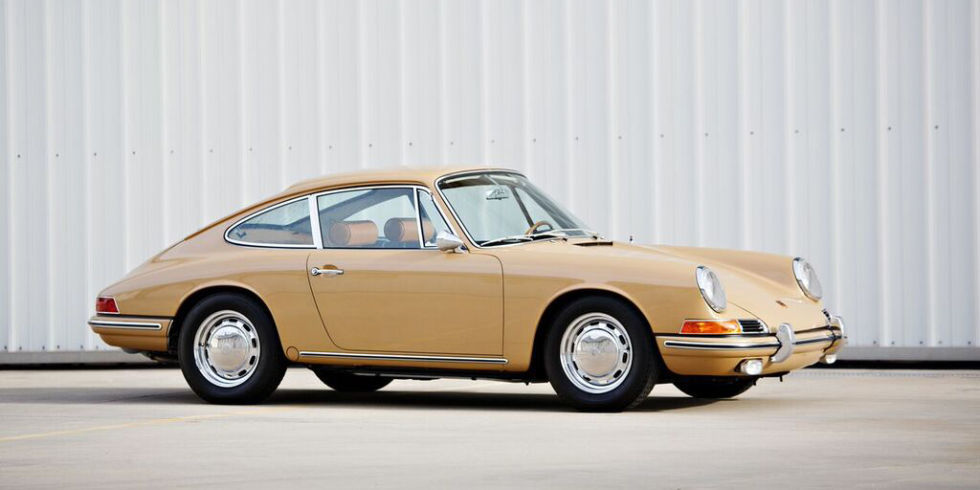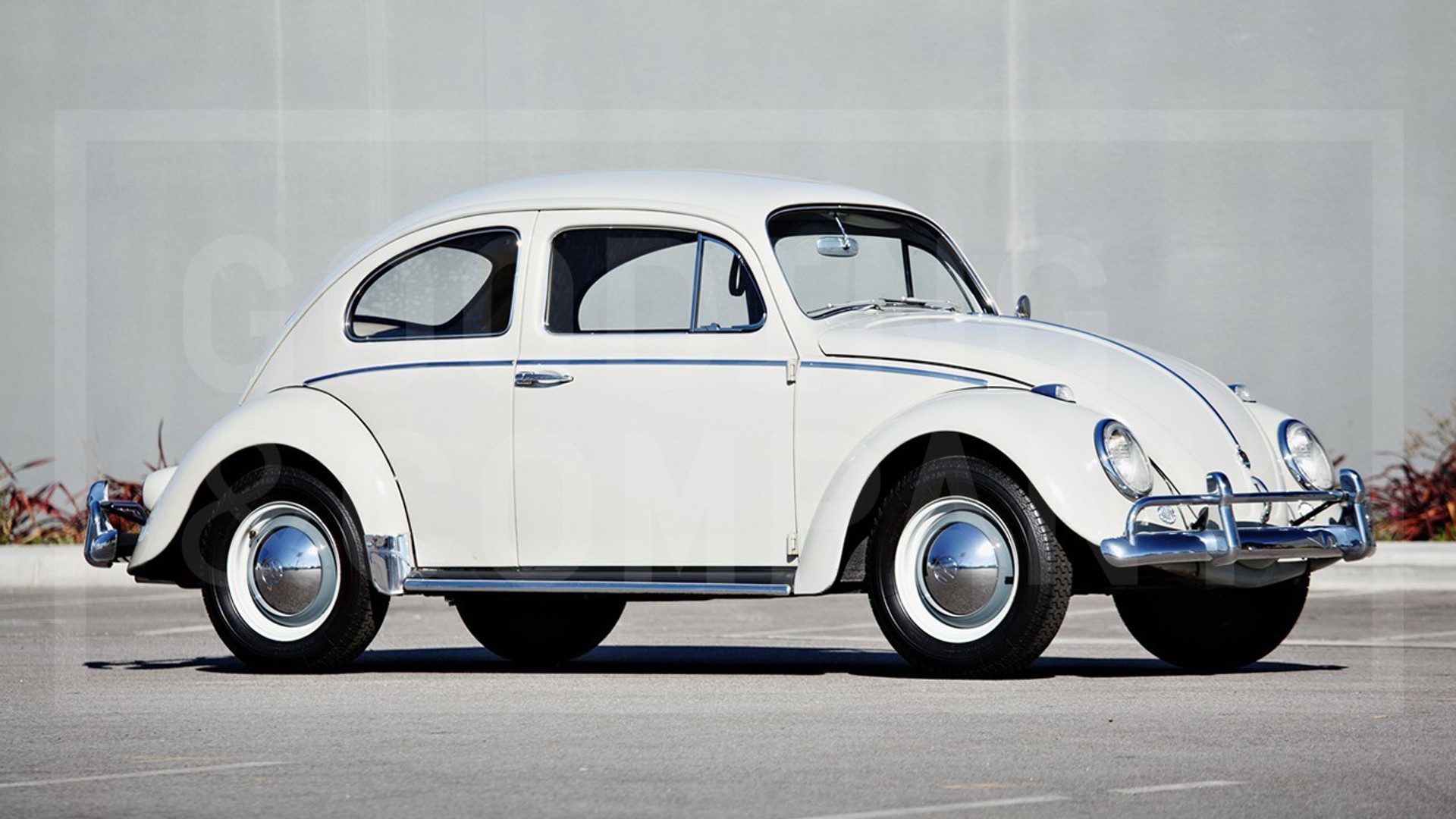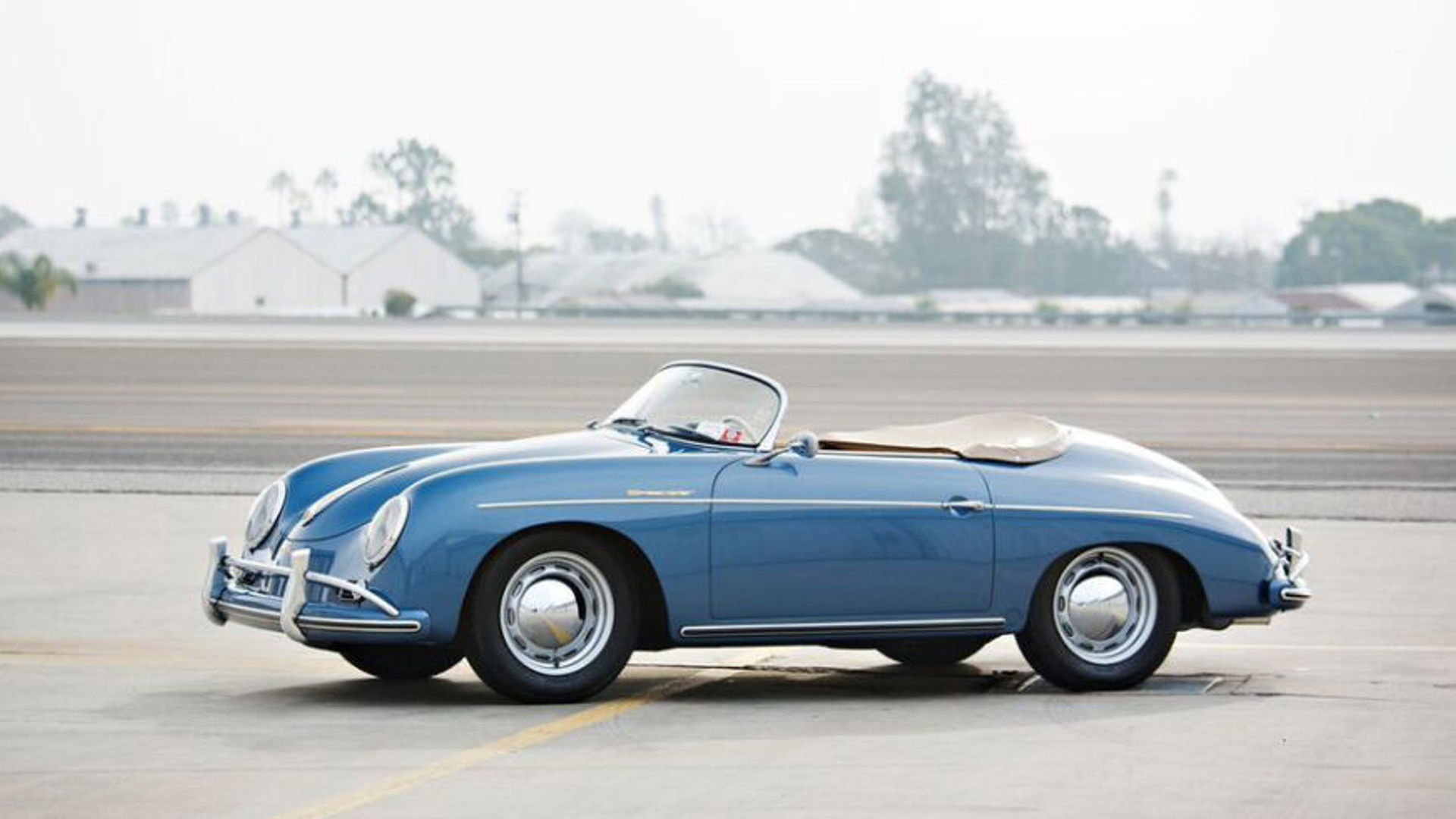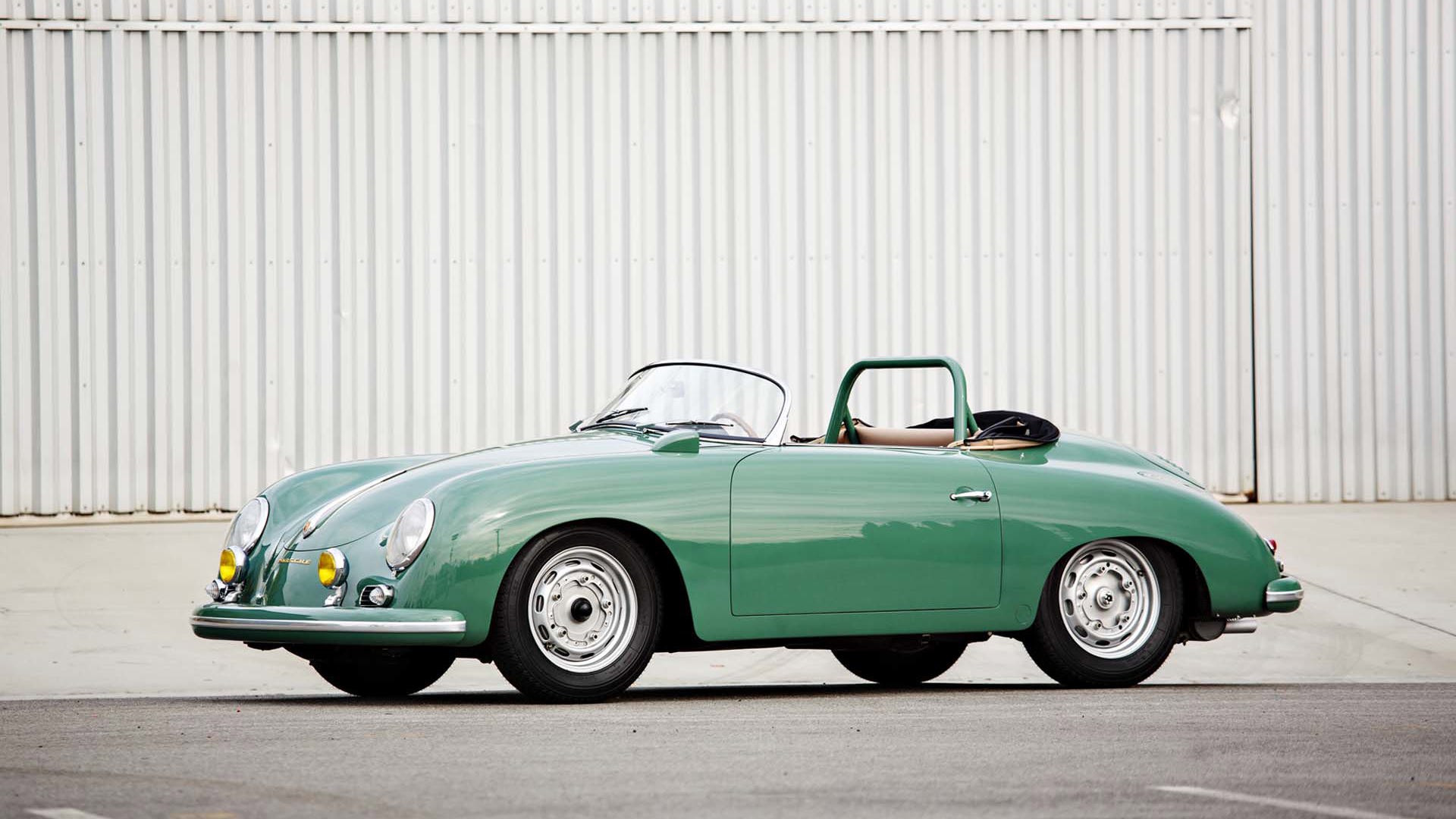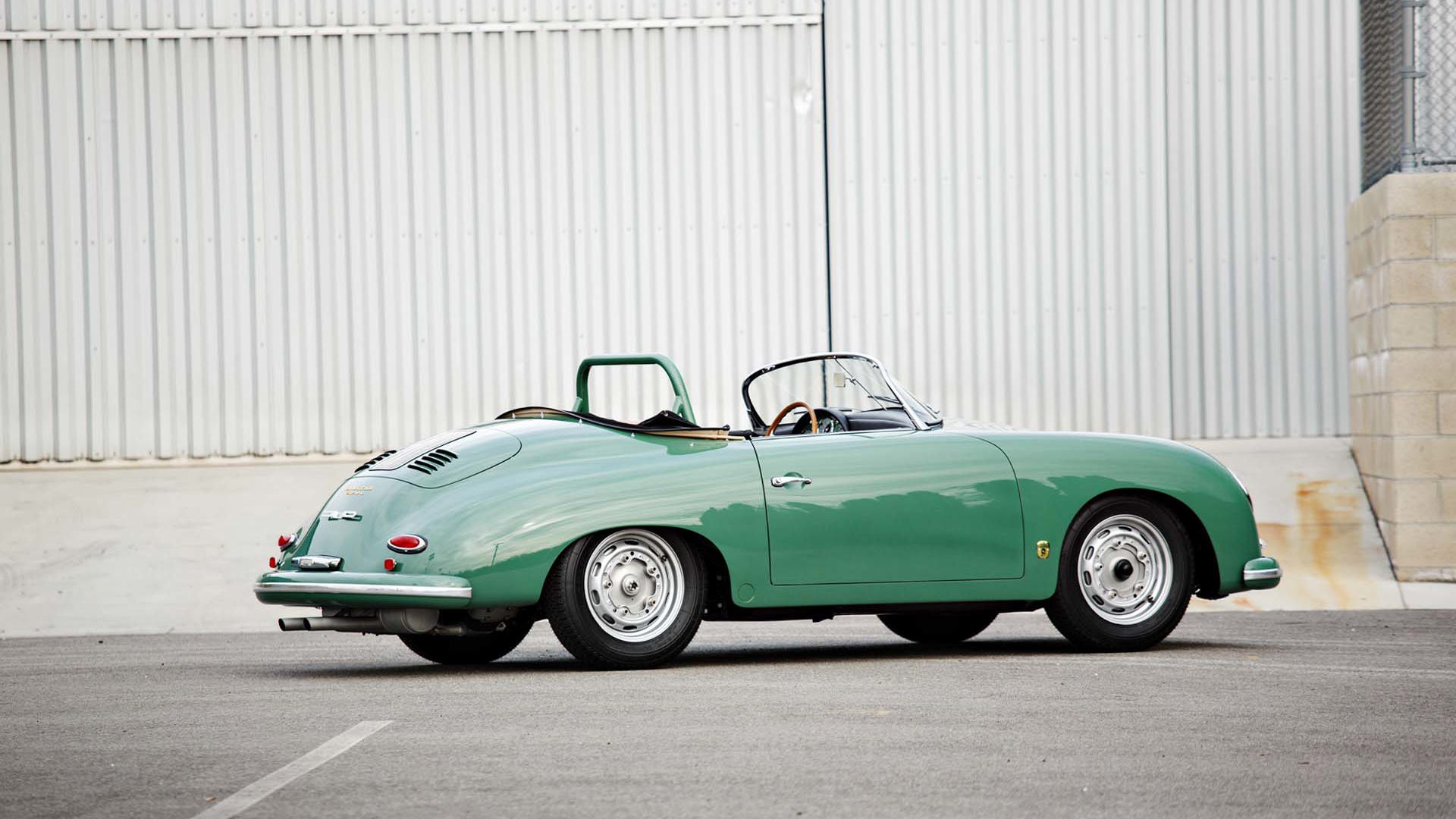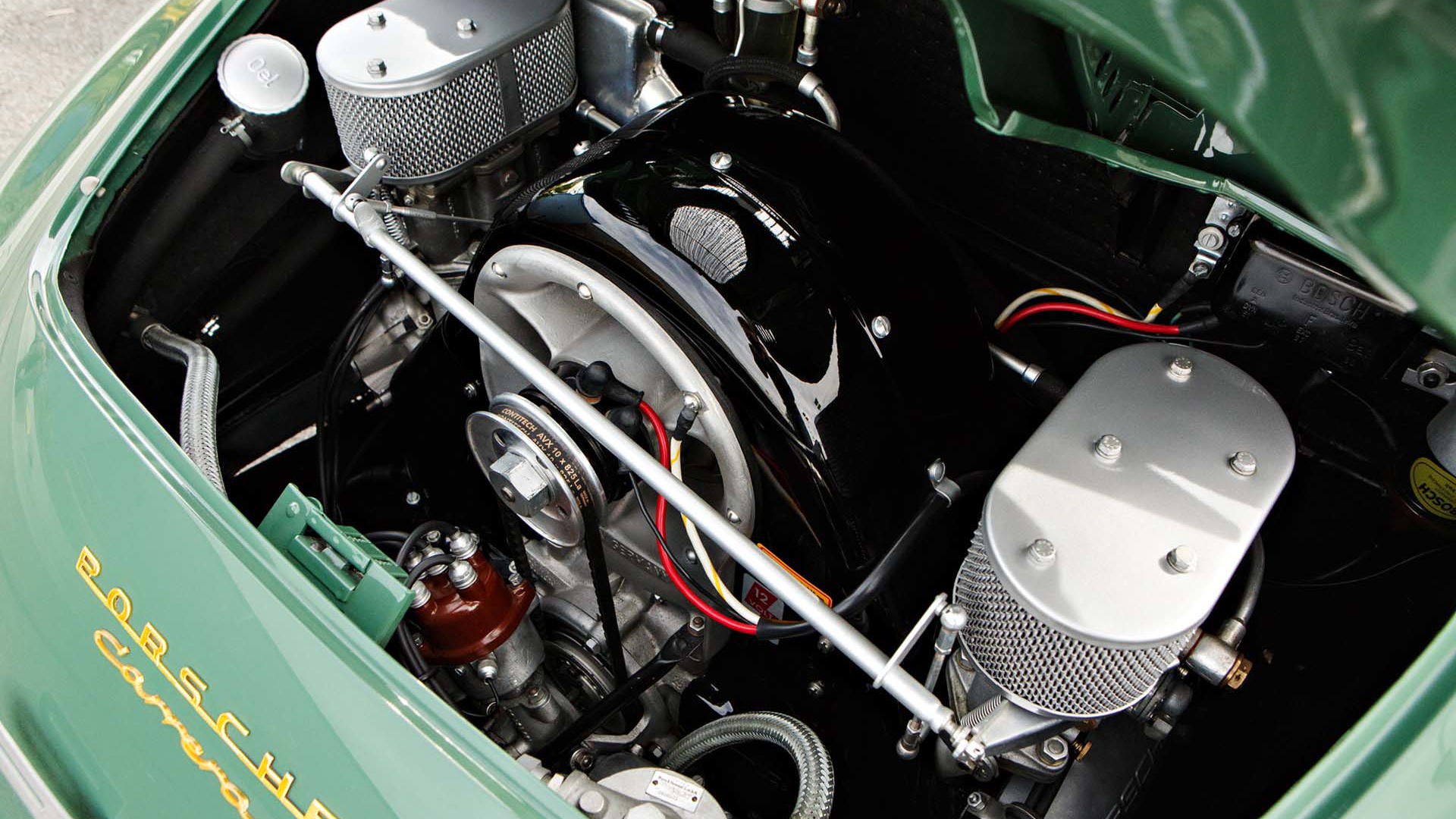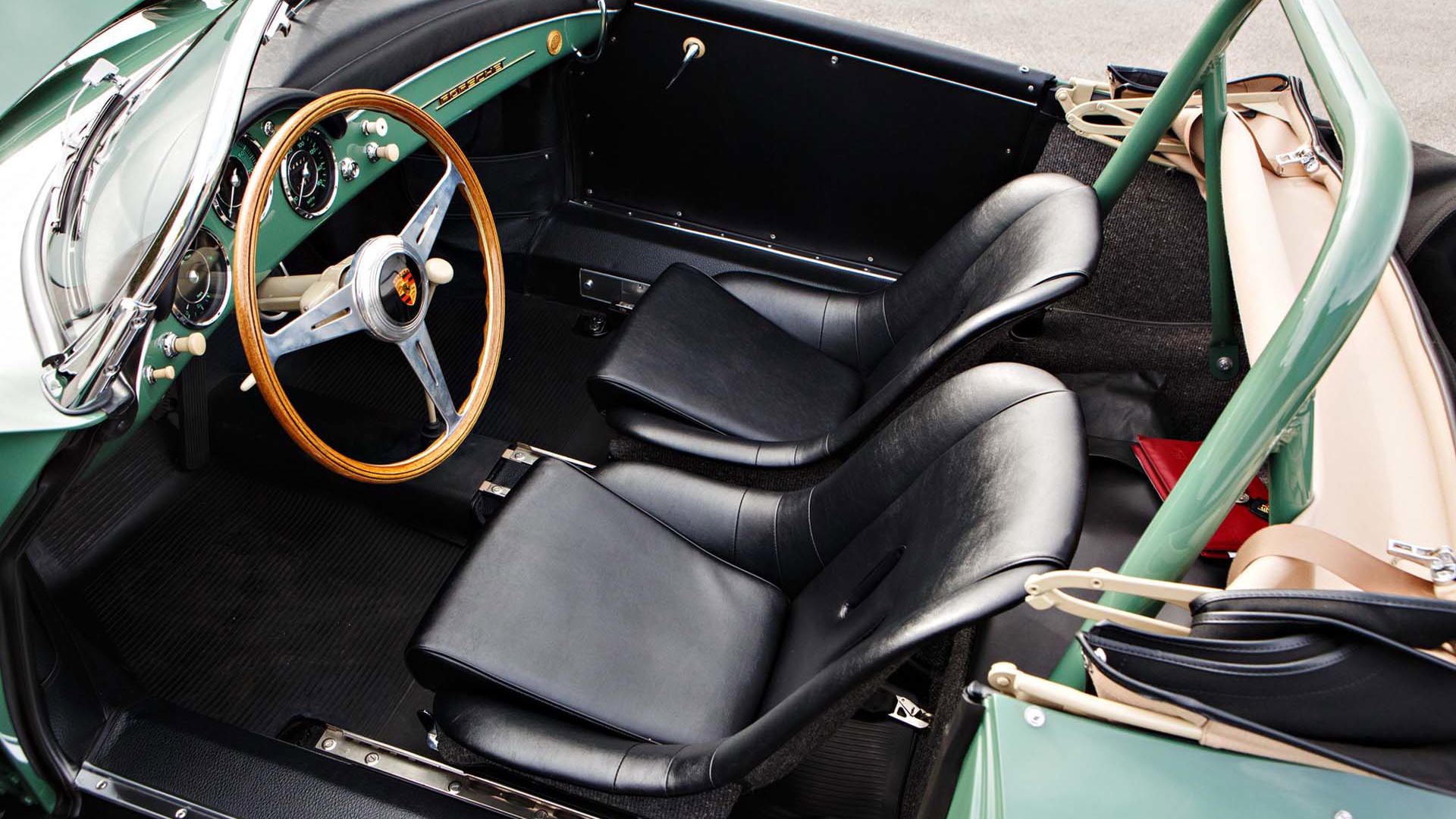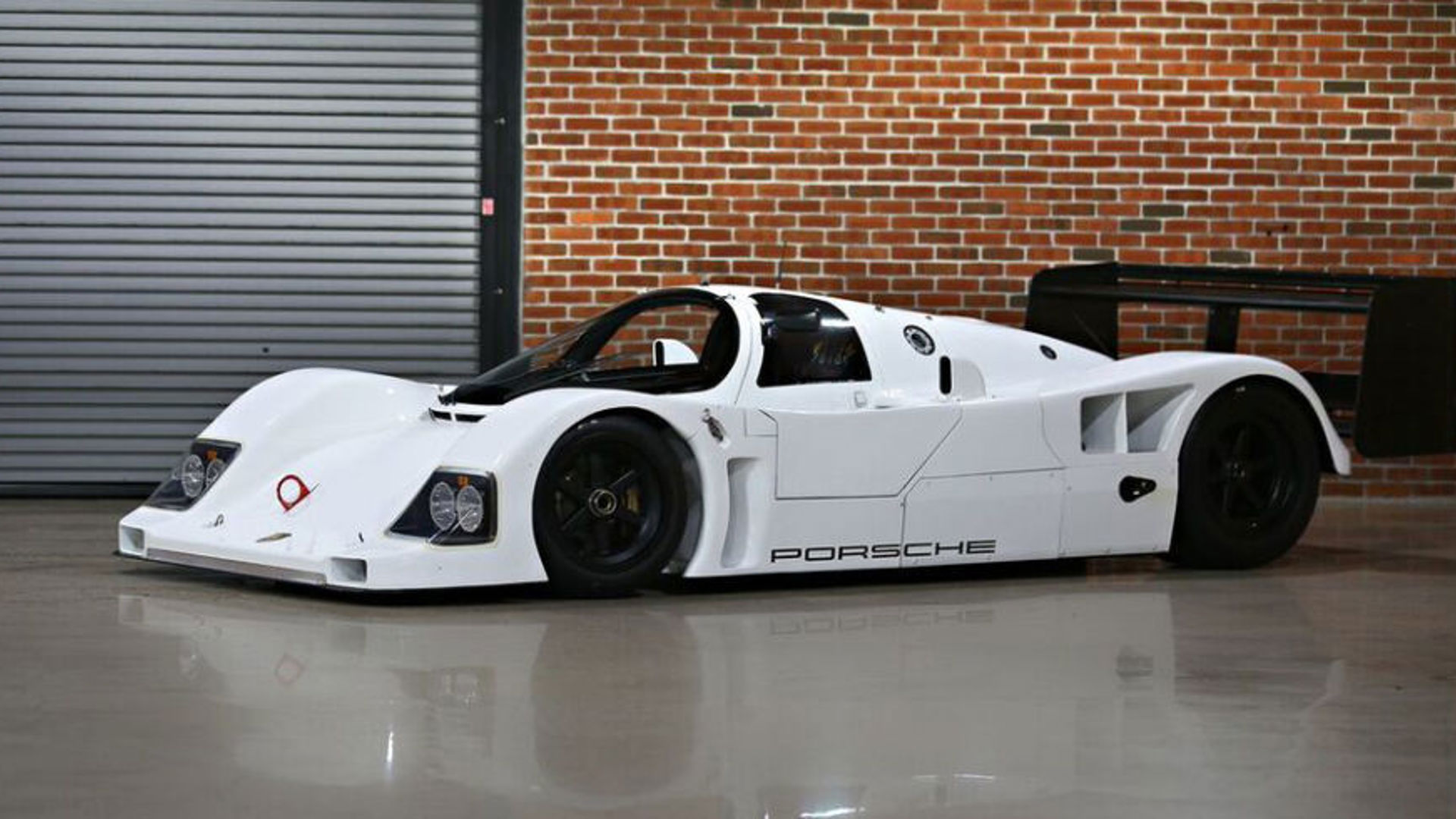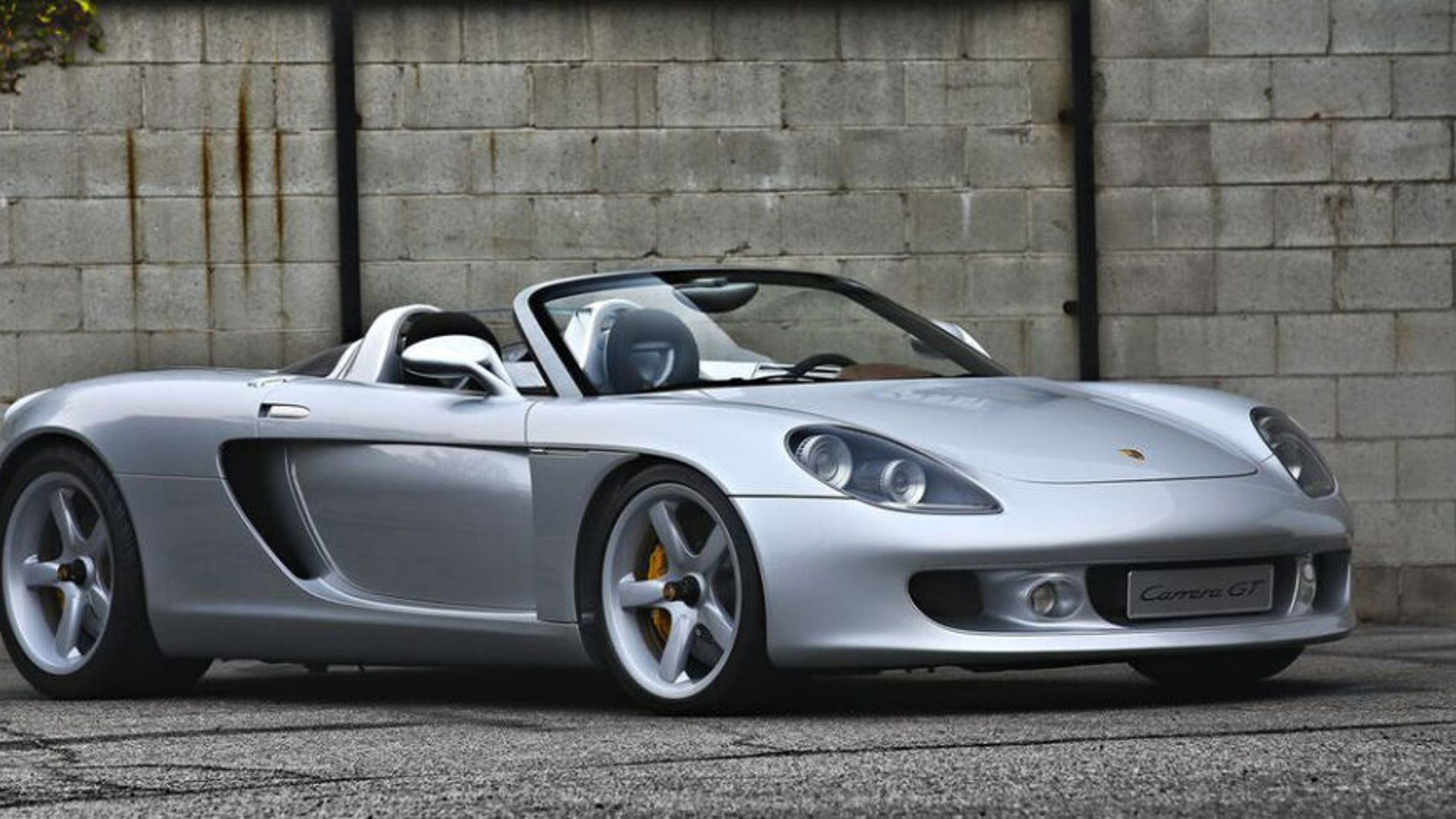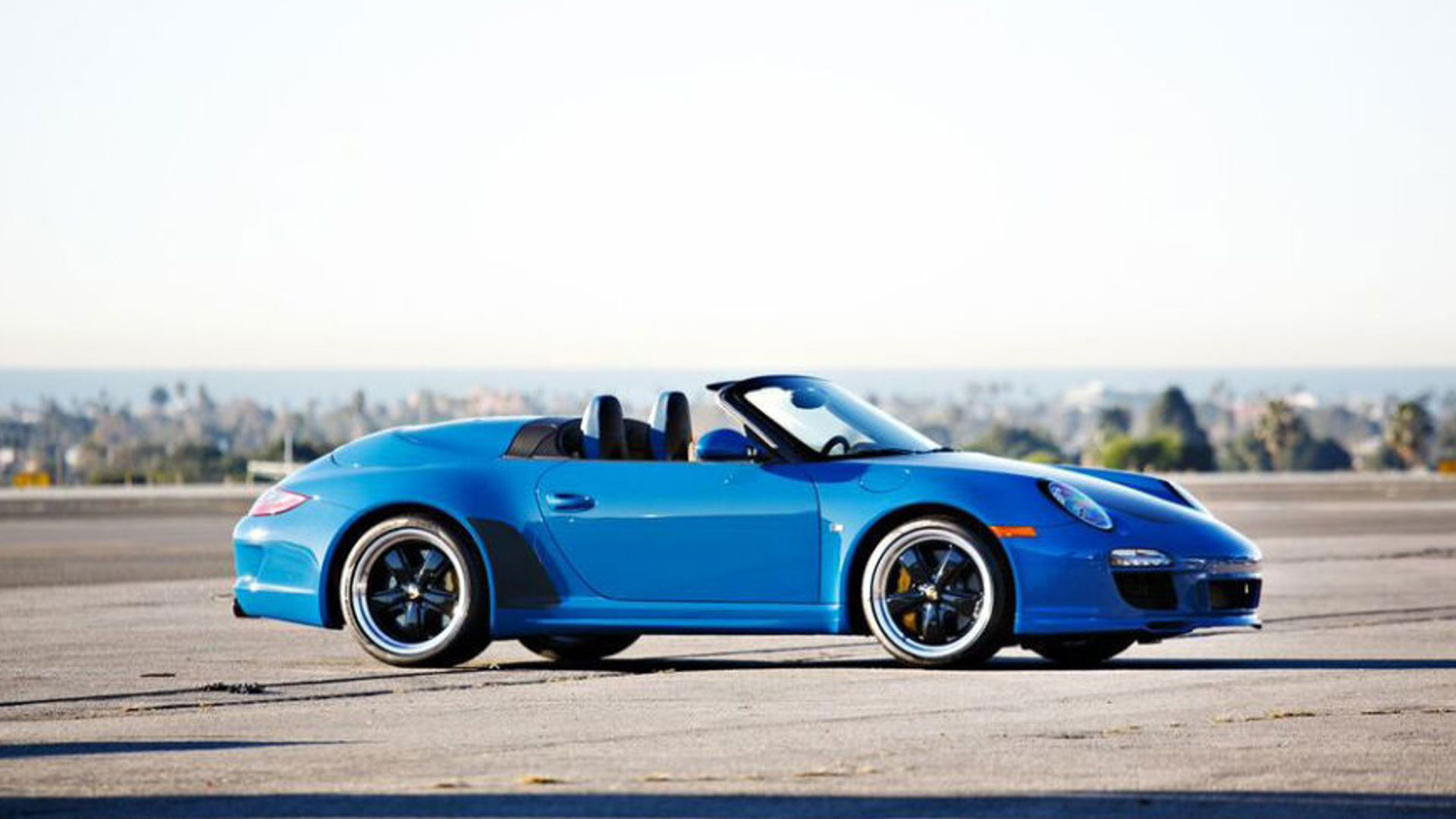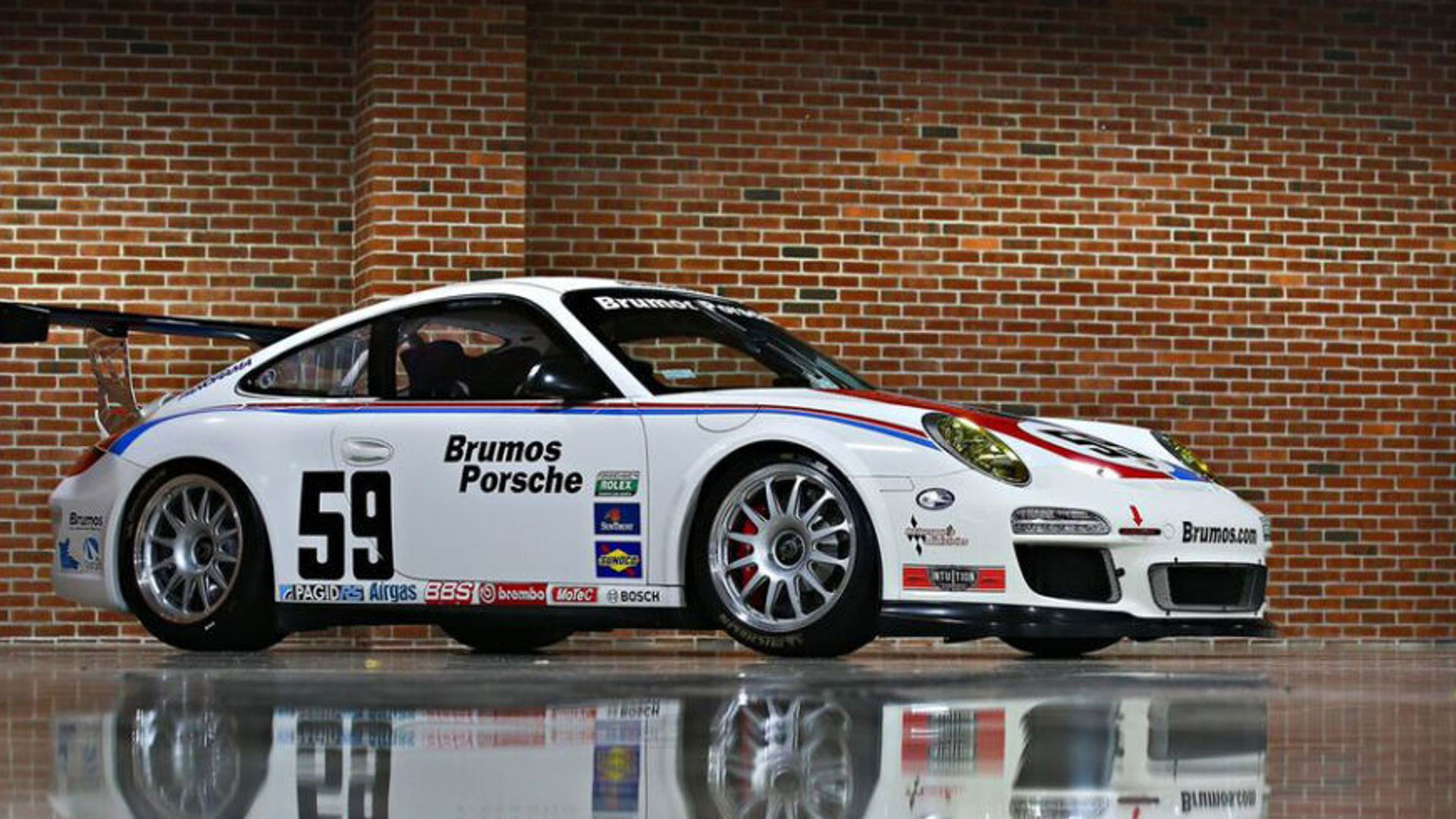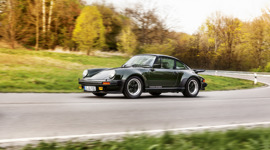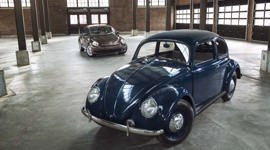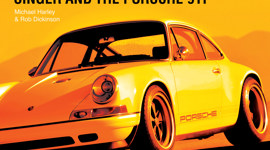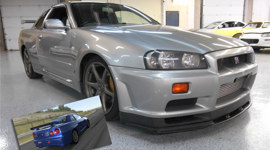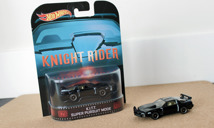It's often said that Jerry Seinfeld didn't get into car collecting for the profit. That’s good, because while many might wonder how anyone could pay $3,000,000 US for an old race car you can hardly drive, much of his collection fetched far less at auction than expected.
CNBC reports that originally, the total haul of the collection was projected at 28-32 million dollars (insert Dr. Evil sound bite here), but Mr. Seinfeld ended up walking away with $22.2 million, from 17 cars (18 were on the block; his Carrera GT prototype didn’t sell). The sale of that race car we talked about earlier – it was a 1973 917/30 Can-Am Spyder, by the way – is representative of what happened overall; CNBC reports that it was projected to command between $5-7 million, a far cry from its eventual selling price. Yes, Seinfeld is wealthy – and isn’t scared to show it, as evidenced by his dialogue with Kevin Hart in a Comedians in Cars Getting Coffee sketch – but a $2-4 mil difference is going to hurt, no matter how syndicated the sitcom that bears your name is.
Regardless of how or for how much, though, it appears that 17 of the world’s most collectible Porsches have been given new homes. Here are our highlights:
1955 Porsche 550 Spyder ($5,335,000)
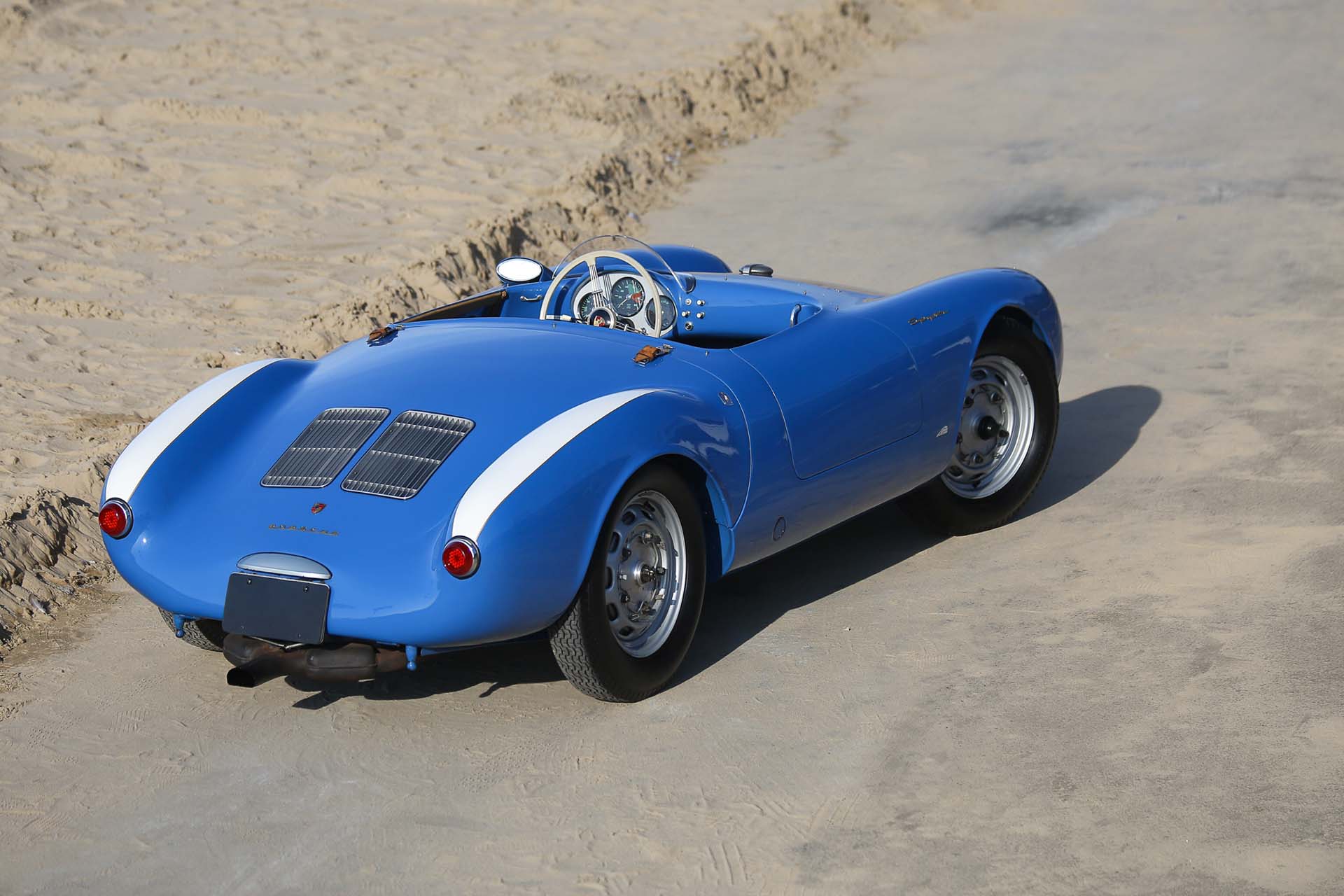
Unlike that 917 race car we talked about, the final auction tally for this gorgeous baby blue number was right in the sweet spot of the original estimate, coming in at over $5,000,000 according to auctioneers Gooding & Company.
We like this one because as far as we can remember, any 550 we’ve ever come across was finished in silver, and it may as well have been the only colour the car was ever available in. Inside, meanwhile, Gooding & Co. claims that the upholstery’s khaki patina would be impossible to replicate today. Good that Jerry hardly drove it and it remains in museum condition, then.
The rest of the car is all original, too; the engine and chassis numbers match, and the fantastic green-faced gauges and even the horsehair weather stripping is all original. The kicker, though, has to be the gorgeous “banjo” steering wheel and white tail stripes. Oh, it also has a starter button, long before it was the norm in modern cars.
1959 Porsche 718 RSK Spyder ($2,860,000)
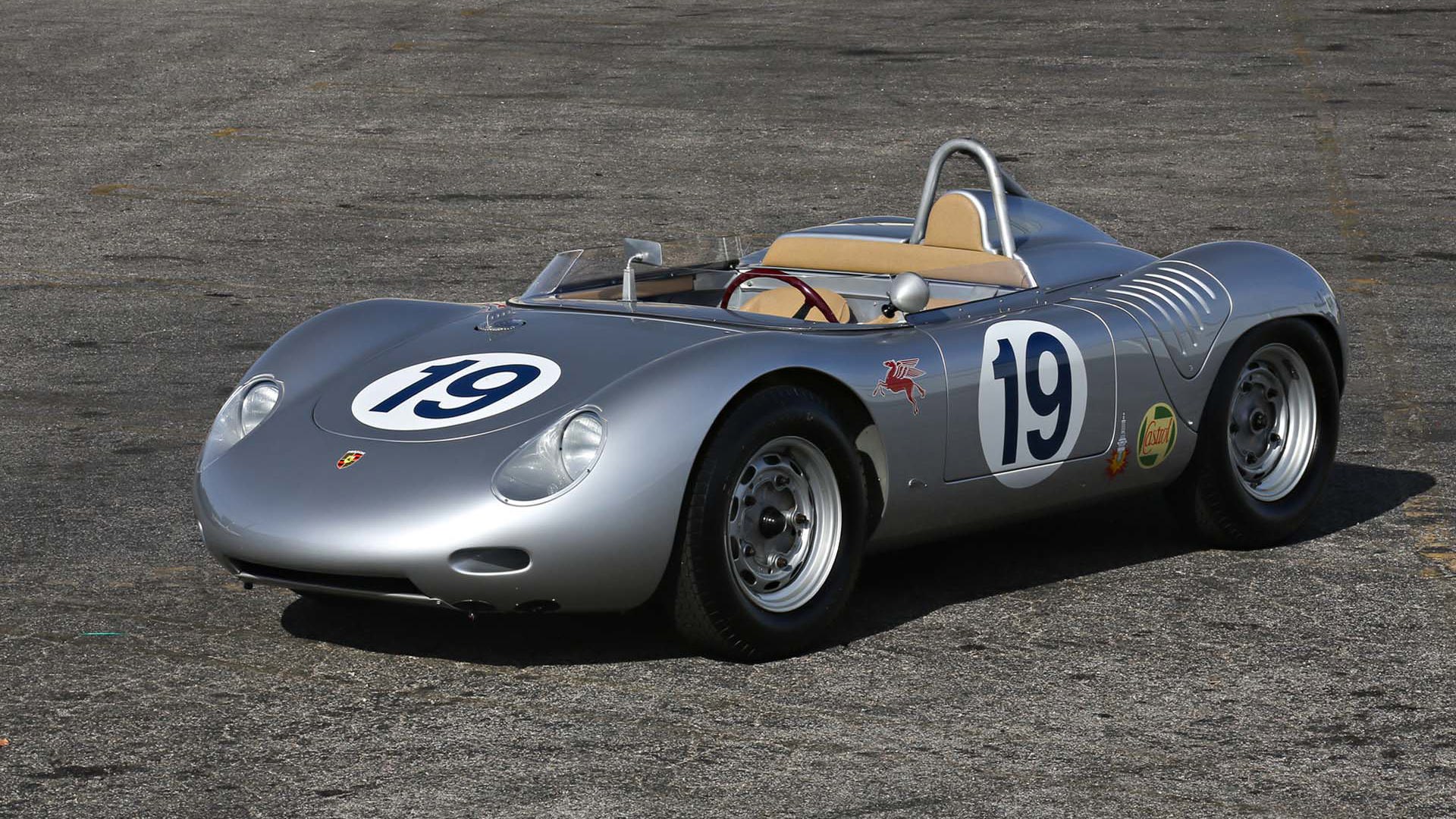
We mentioned the Kevin Hart thing before; here’s the car that he and Jerry cruised around in for the better part of 15 minutes in the episode. Indeed, we’ve watched the series pretty closely, and that car happens to be one of the coolest ever to be featured on the show. It’s low, it’s sleek and it’s quite loud, prompting Hart to exclaim, “This is not a good date car!”
Aside from its star quality, the 718 is notable just for how competitive it was, winning numerous European Hillclimb Championships (a big deal in the late ‘50s, early ‘60s) and finishing as high as eighth overall (and fourth in class) at Le Mans in 1963. For its part, Gooding & Co. informs that Seinfeld’s car had a storied racing history of its own, having being owned by the likes of Roger Penske and raced in a few SCCA, USAC and Hillclimb events.
To put an exclamation point on the whole thing, Porsche recently announced that as of 2017, its popular Boxster and Cayman models will be using the “718” chassis code as a callback to their ancestor.
1963 Porsche 356 B 2000 GS Carrera 2 Coupe ($825,000)
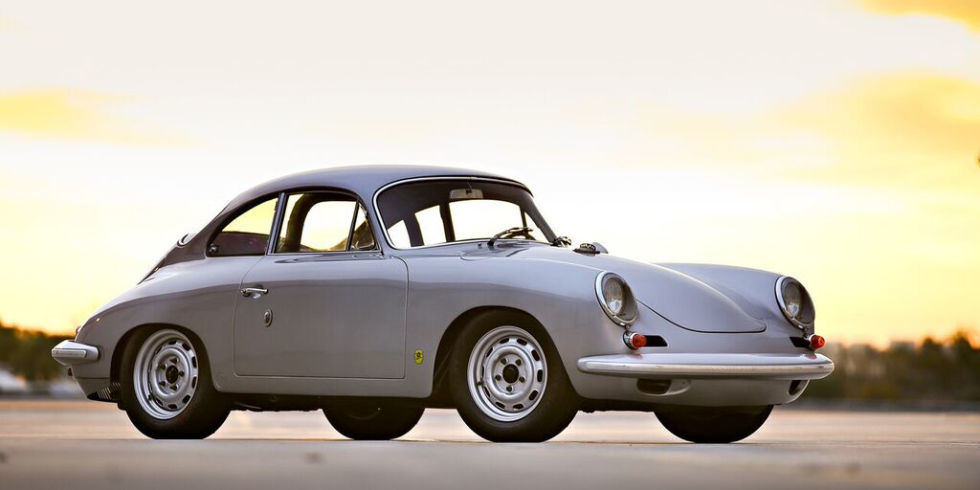
Long name? Maybe, but the only part of the nomenclature that really matters to most Porsche-philes is likely the “Carrera” part, for this was the first time we saw that oh-so-famous nameplate on a Porsche. Now on the engine covers of one of Porsche’s longest-standing models, the Carrera got its start as a little bathtub-shaped, flat-four-powered runabout.
By 1963, however, the venerable 356 model had gained new styling courtesy of coachmaker Reutter, making for a more purposeful stance and silhouette. Better brakes and a more powerful engine, meanwhile, made for quite the sporting companion.
1973 917/30 Can-Am Spyder ($3,000,000)
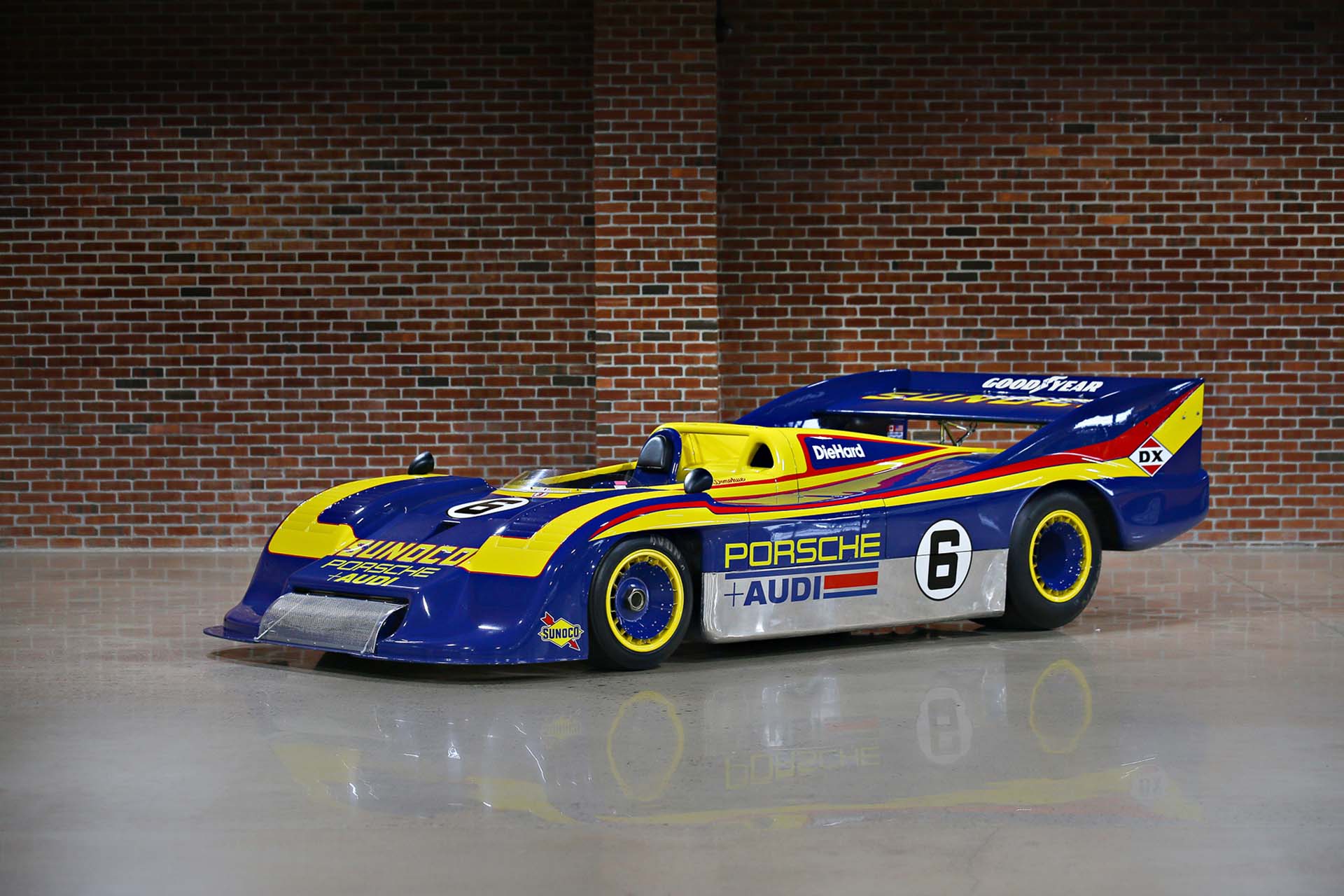
If the blue and gold Sunoco livery doesn’t grab you at first sight, learning just how powerful this monster is will probably do the trick.
Because it’s a racing car, and because it’s turbocharged, and because when it comes to racing, concrete facts are hard to come by, the 917/30 – that model’s final version – was reportedly good for anywhere between 1,200 and 1,600 horsepower. Yes, you read that right: Sixteen-hundred. It was enough to propel the 917/30 from 0-60 in just over 2 seconds, and on to a top speed of over 390 km/h. All this, in an era before traction control, before new tire tech, and before HANS devices.
I know that when I first encountered the 917/30’s 917LH older brother at the Le Mans Museum in France, it sent chills down my spine; I can only imagine what the new owner of this blue-and-gold beauty is feeling.
1989 Porsche 911 Speedster ($363,000)
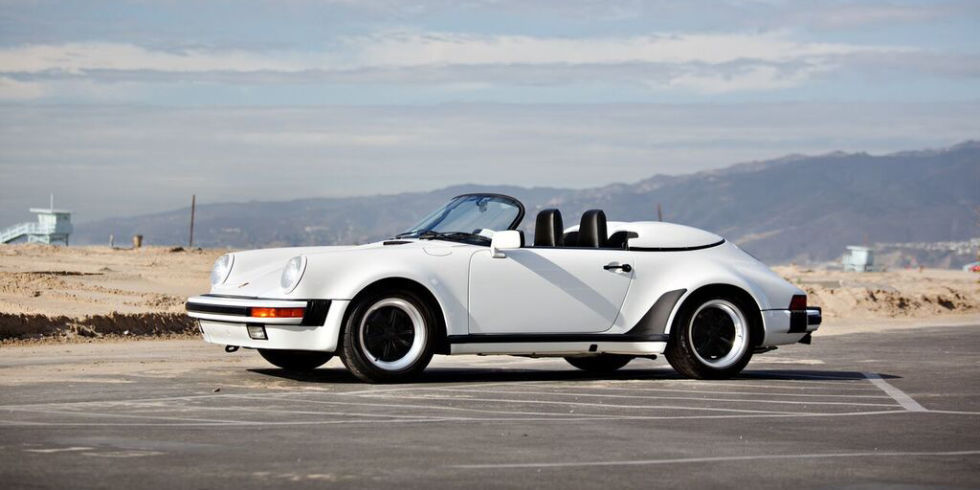
Say what you want about the 911’s various Speedster models, they are unique. No rear seats, a double-hump tonneau cover and steeply raked windshield all make for a very distinctive – if not necessarily handsome – profile. For a car that’s often been accused by one Jeremy Clarkson as little more than an evolution of the original VW Beetle, the Speedster was a breath of fresh air. The rarity earned from being produced for just one year is icing on the cake.
1994 Porsche 964 Turbo 3.6 S Flachbau ($1,017,500)
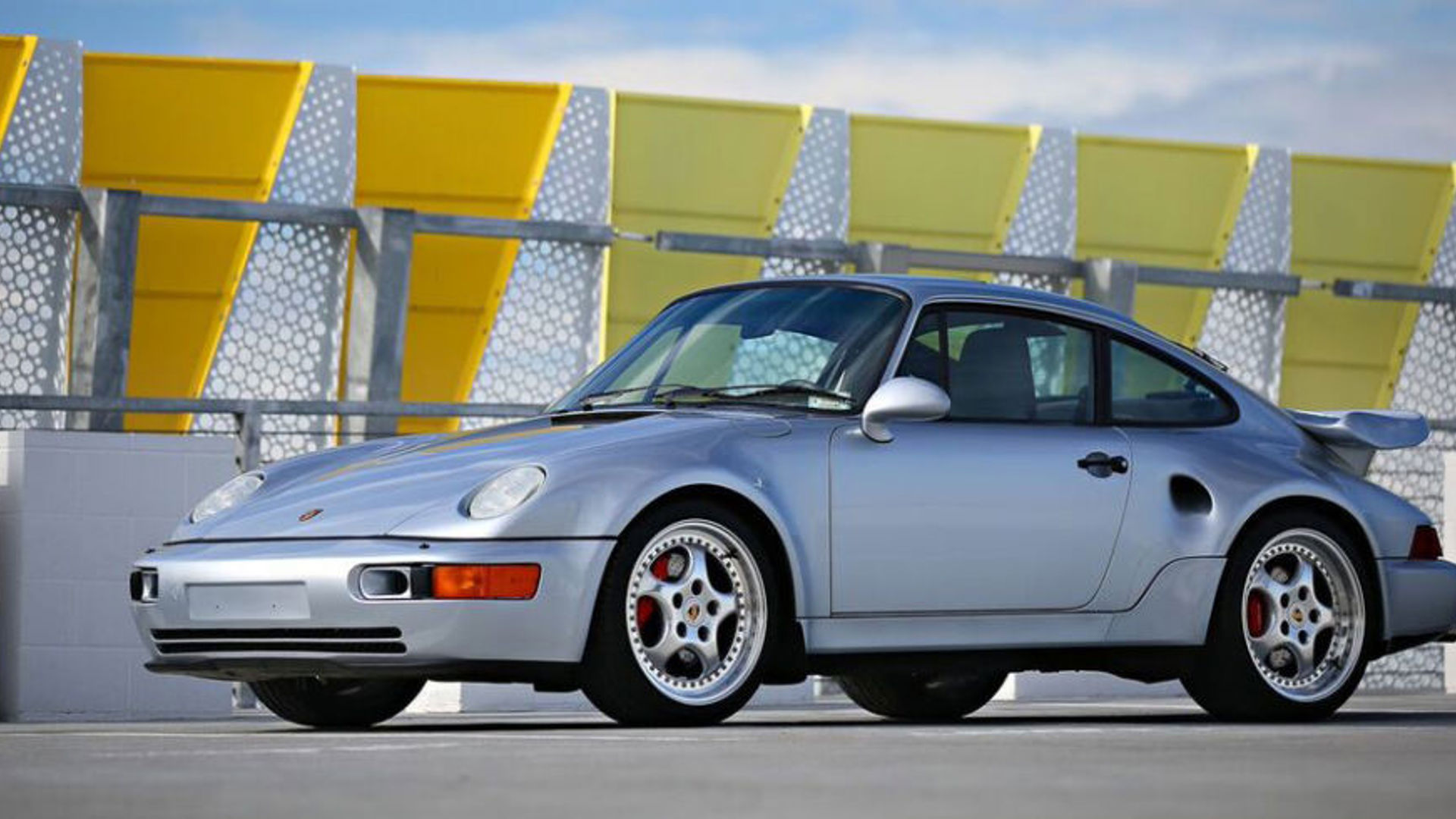
The late ‘80s and early ‘90s were always known for their excess; excessive flowery shirts, excessive pastels, excessive Miami mansions and excessive cars. The “Flachbau” – “flat nose” – 964, though, kind of bucked the trend.
Nowhere near as eye-poppingly over-the-top as the 930 Flachbau from a decade earlier, the 964 was cool only because you had to look a little closer to ID the sharper headlight angle, and in doing so, proved your true Porsche-ness. Or something like that.
Plus, a larger turbocharger and numerous engine revisions meant that this particular turbo was good for an additional 30 hp over the standard car’s 355 ponies, though those may be conservative power figures.
Either way, the 964 Flachbaus were rare, and were a nice window to what the 993 – arguably the prettiest 911 ever – was going to look like.
1997 Porsche 993 3.8 Cup RSR ($935,000)
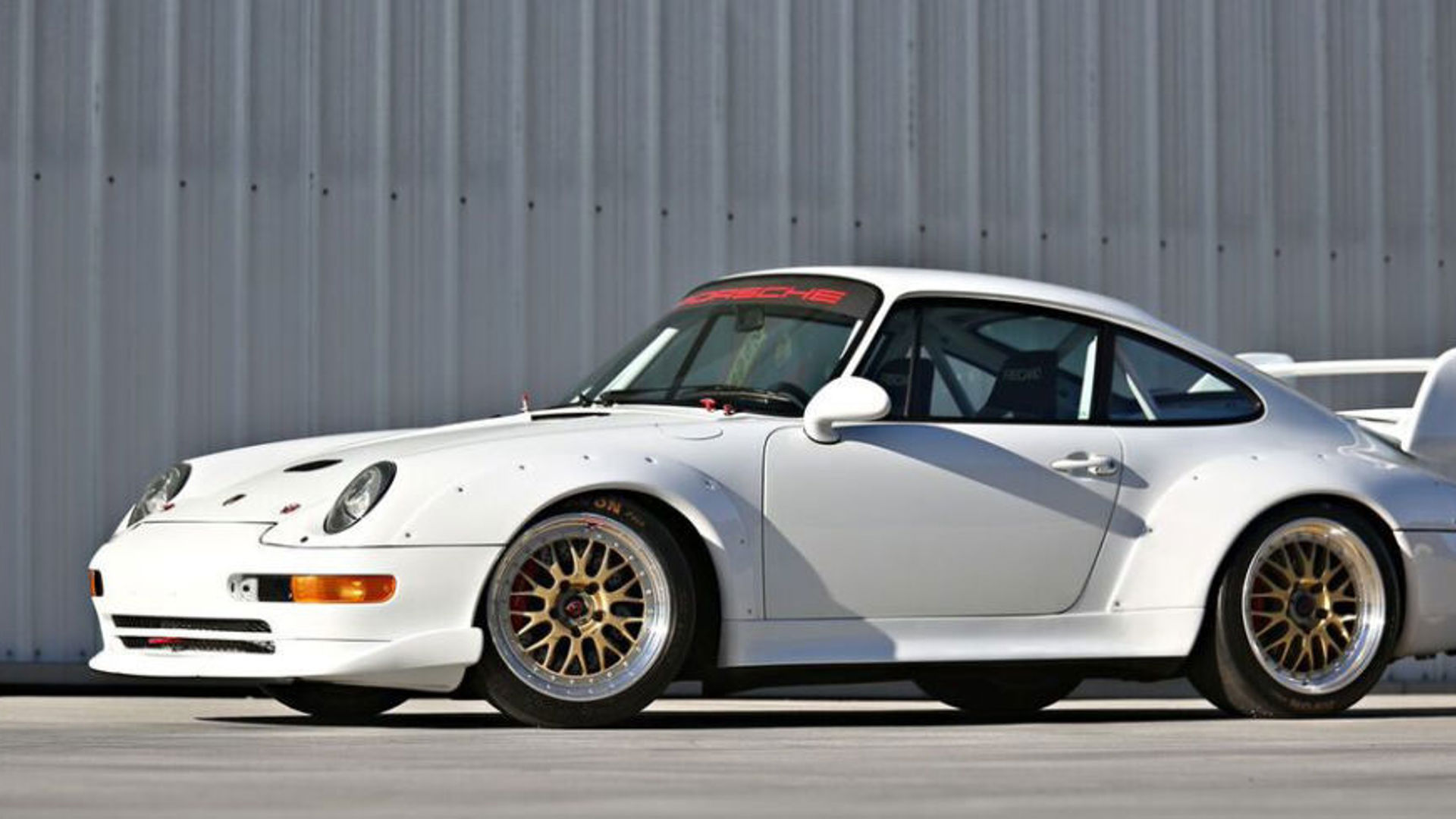
No, it is not the 993 GT2. It’s much more hardcore than that.
For starters, it gets a 340 hp engine that was built with endurance racing in mind, and is one of just 45 built between 1996 and 1998, as confirmed by the Gooding & Co. description of the entry. Secondly, all the aero addenda you see are factory-installed pieces, as this was indeed a factory-spec race car.
Just look at it, too; it’s finished in white, but you could easily see all manner of racing decals and number stickers adorning its haunches. This is, indeed, a race car for the road.
It’s unclear as to what Seinfeld was ever going to do with this car – it’s only got 5,900 km on the odo – and chances are the new owner is going to be keeping it as pristine as possible, considering it’s one of the few untouched examples left in the world today. A museum piece, indeed.
1958 Porsche 597 Jagdwagen ($330,000)
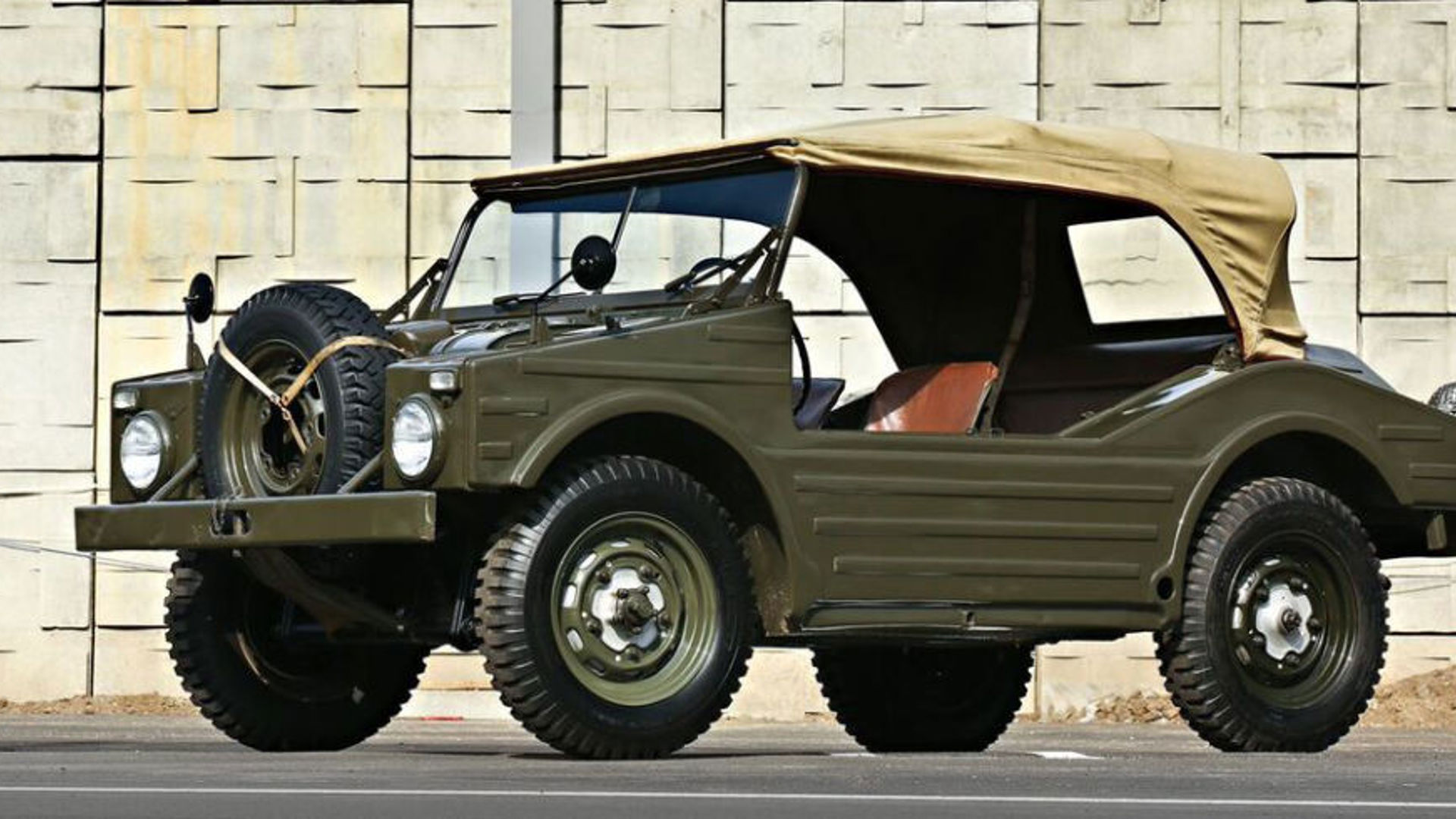
Oh, you have a Macan, do you? And you, a Cayenne? Psshaw; the Jagdwagen laughs in your general direction.
This right here is the original Porsche off-roader, all the way down to its 356-derived engine. It was developed as Porsche’s submission to the NATO motor pools of the postwar era, after the VW Kubelwagens had all gone the way of the dodo in the WWII fracas. While it eventually lost the military contract to Auto Union, Porsche continued building examples for the civilian market, hence the Jagdwagen name, which translates as “Hunter’s Car”.
It even has a motorsports connection; Gooding & Co. writes that this particular vehicle’s original owner, Wendell Fletcher, owned an aviation company that sponsored race cars. Eagle-eyed Porsche-philes will recognize the name “Fletcher Aviation”, for it appears on the famous Carrera Panamericana-winning 550A Spyder driven by Hans Hermann in the 1954 event.
1974 Porsche Carrera 3.0 IROC RSR ($2,310,000)
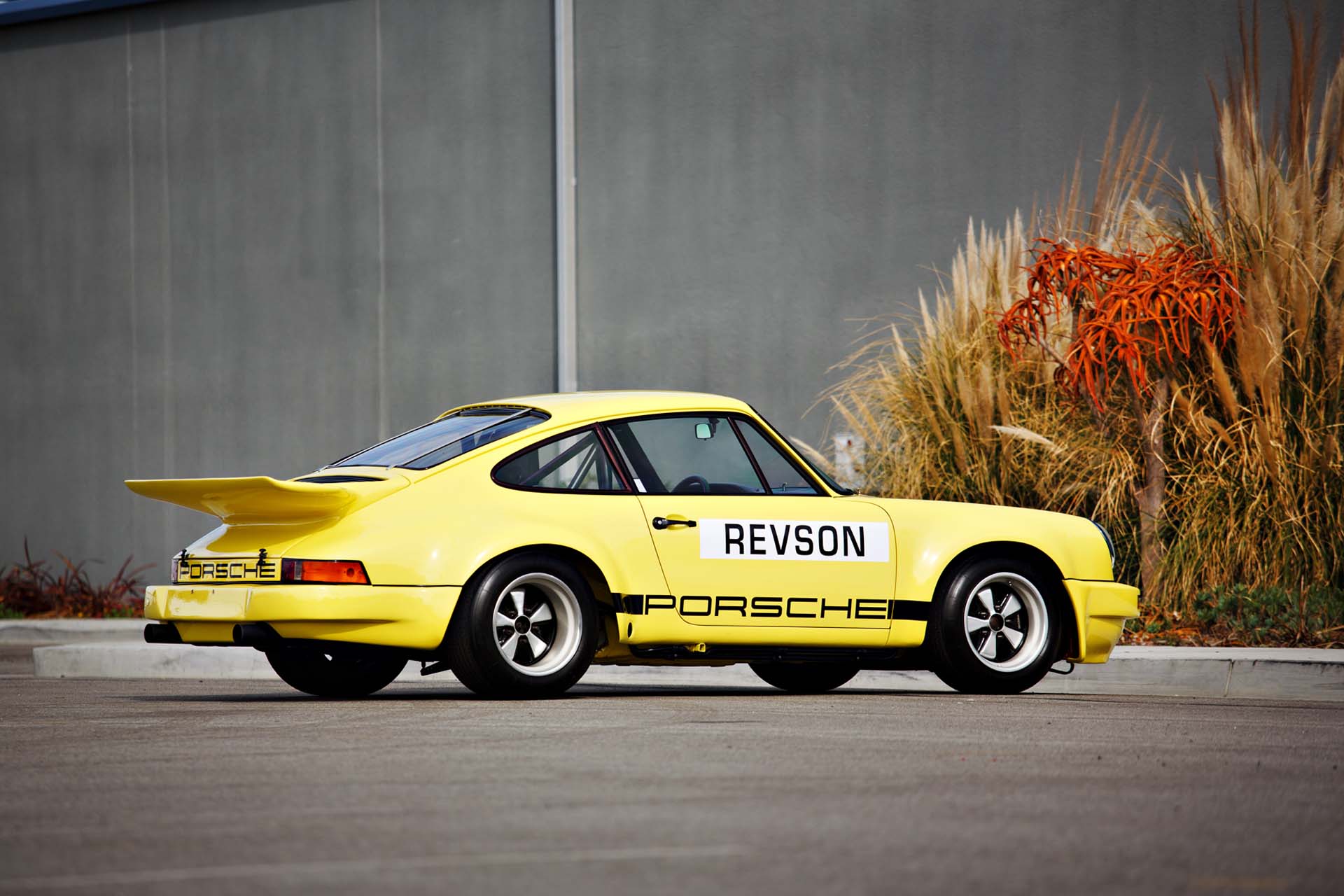
If you prefer your collector’s car to be one that’s actually been driven and raced as opposed to one that’s lived most of its life as a museum piece, then perhaps this one’s for you.
From IROC sprints, to Trans-Am races, to endurance tests on the likes of Mid-Ohio and Laguna Seca, this 911’s been nicely broken in, to say the least. Sitting inside means occupying the same space frequented by racers George Follmer, Peter Revson and Cale Yarborough, among others.
If that’s not enough for you, then know that the car has been tracked – by Seinfeld himself – as recently as 2011, and has participated in numerous historic race events over the last decade.
Plus, it’s really hard to argue with that glorious black on yellow paintjob, enlarged ducktail spoiler and classic Fuchs alloys.
1966 Porsche 911 ($275,000)
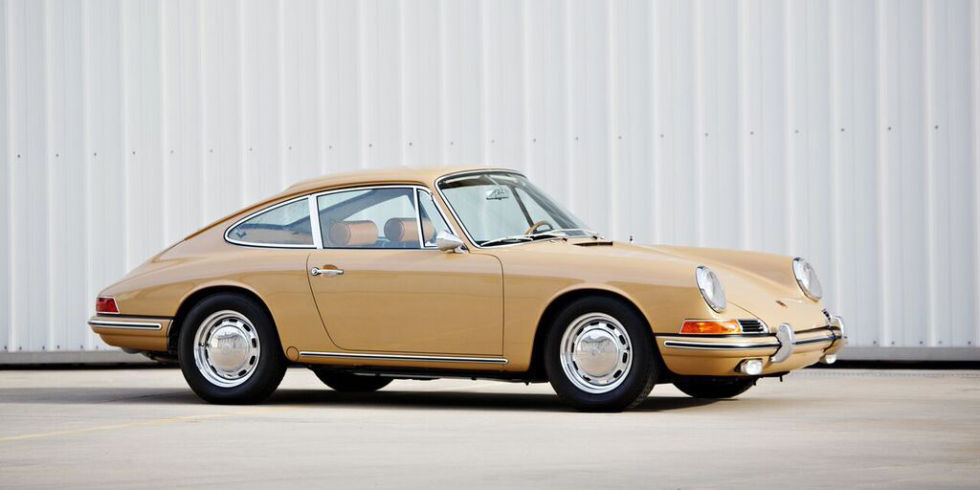
We can talk all we want about ready-to-race specials, Jeep-ified 356s and manic Can-Am cars, but there’s just something about an original 911 that can’t be replicated.
Especially when it look as good as this.
Yes, I know; Singer has been making a name for themselves lately by churning out cars finished in the most classic patinas possible, but even they can’t match what this one’s got to offer. The gorgeous and surprisingly plump leather seating. The real wood interior trim and steering wheel. The classic seatbelt buckles, emblazoned with the Porsche crest. There is just so much to love here that just looking at its Sand paintjob brings to mind the taste of sweet, rich, sugary maple syrup.
This particular 911 is dripping with class, and if ever a classic car could ever be called a “steal” at $275,000, this is it.
BONUS: 1960 Volkswagen Beetle ($121,000)

Seinfeld did own a Beetle as a first car, but this particular one isn’t it. In fact, it was originally purchased by a teacher in South Dakota, and she’s kept it in excellent shape ever since. Over 30 years, she put less than 25,000 km on the clock, with Seinfeld himself only adding a few more.
The result? A car that looks hardly used and not far off from how it would have looked in the showroom over five decades ago. Plus, it’s the last version to use the classic 36 hp engine, as well as one of the last examples before major stylistic variations pulled the model away from the original People’s Car.
